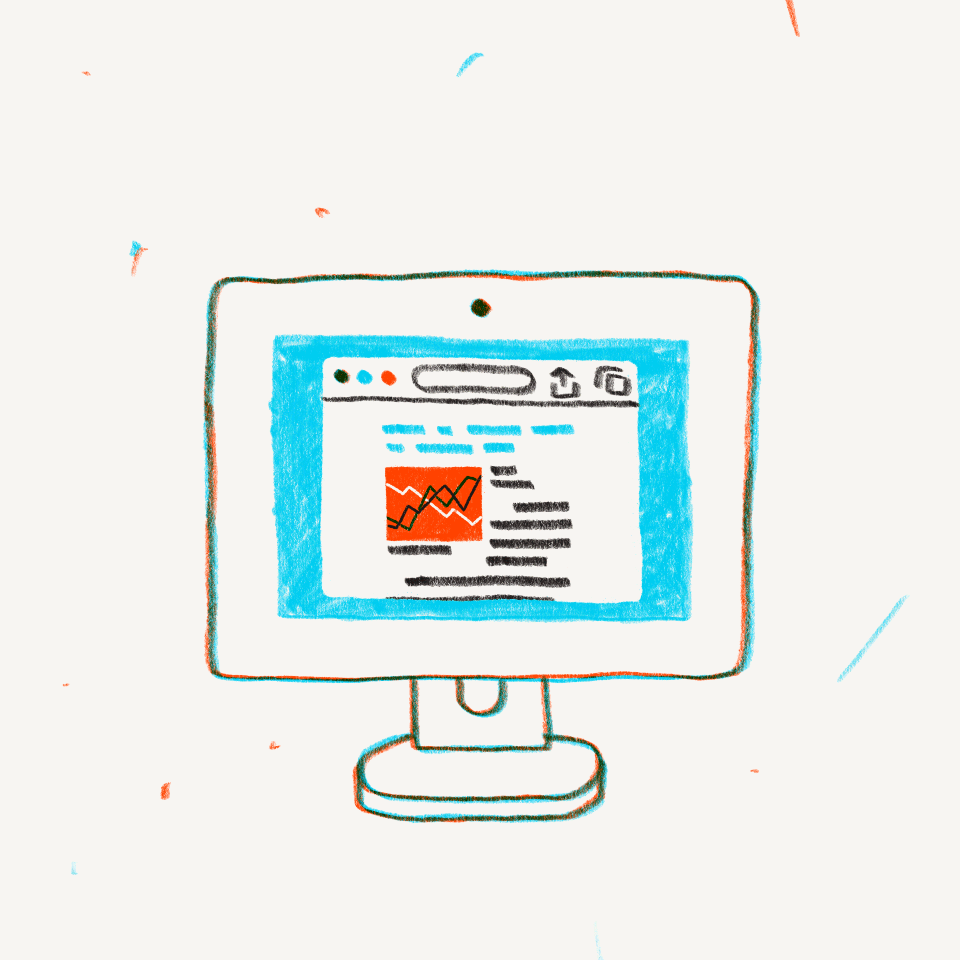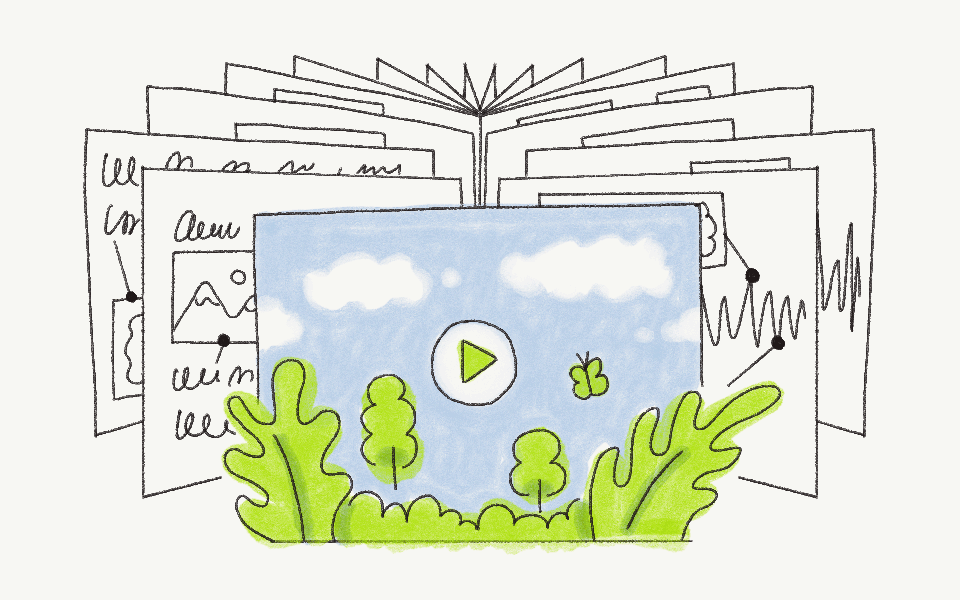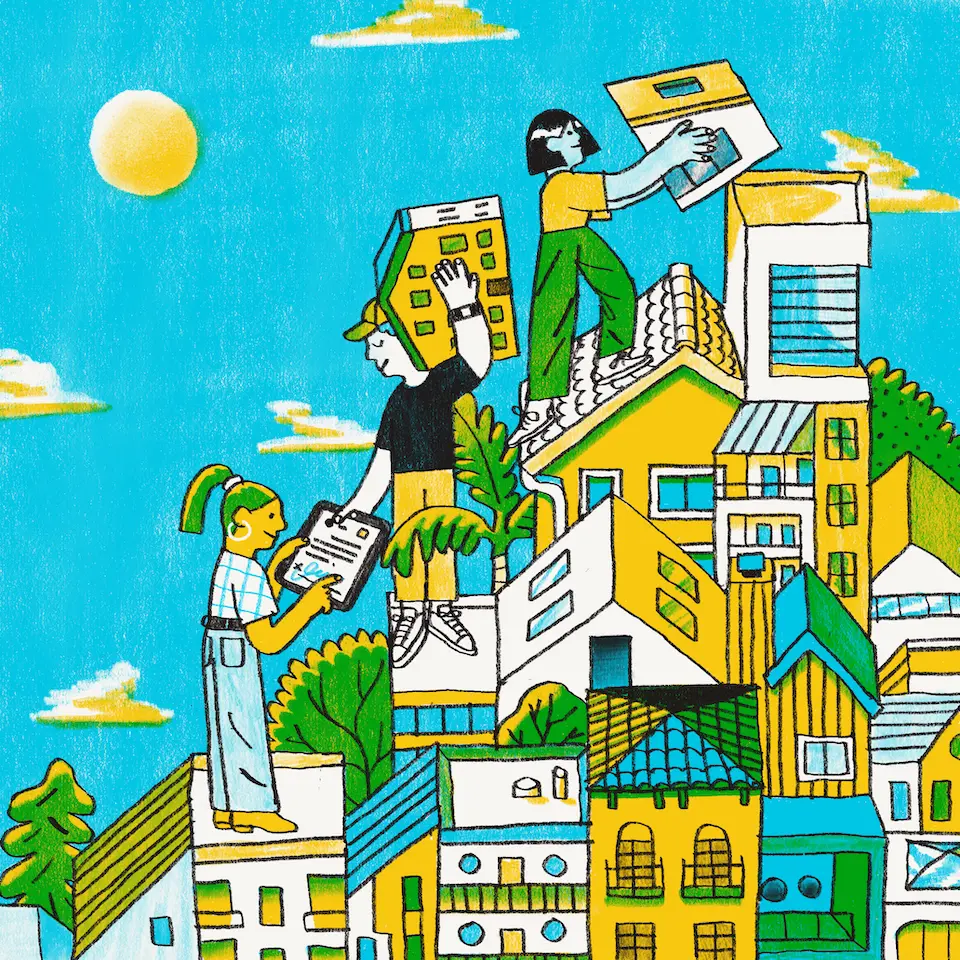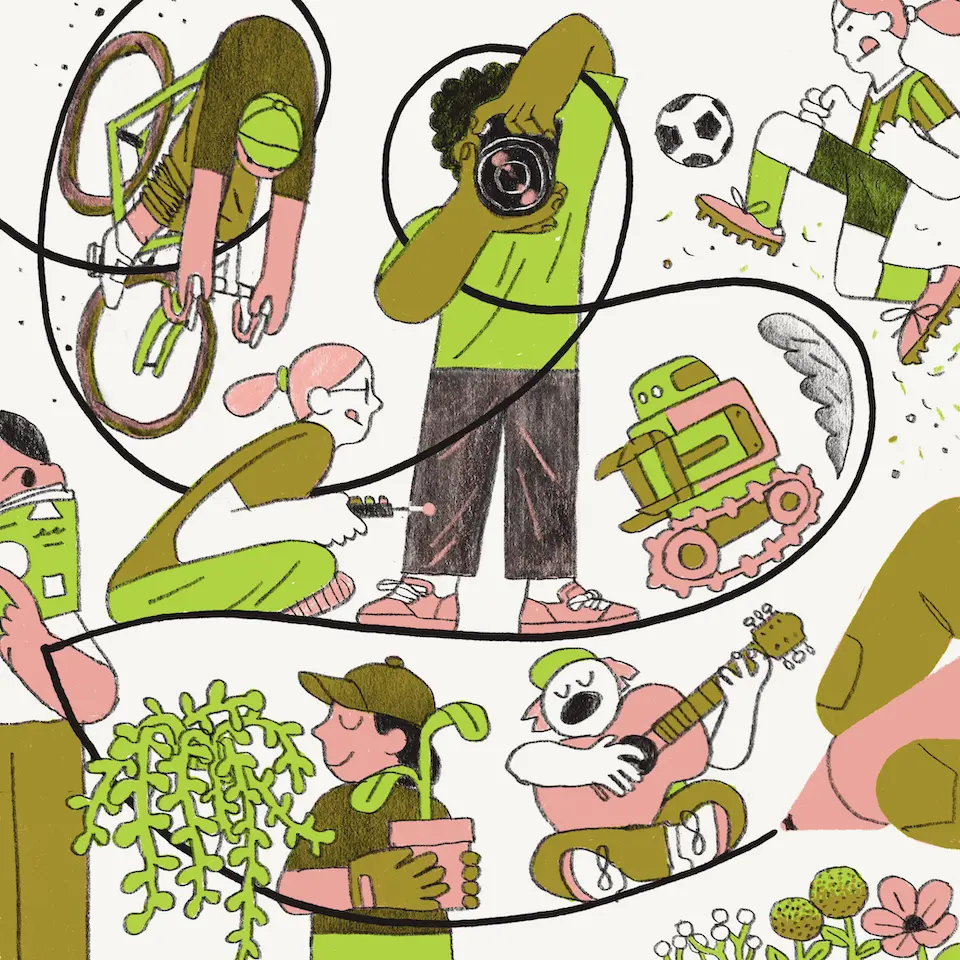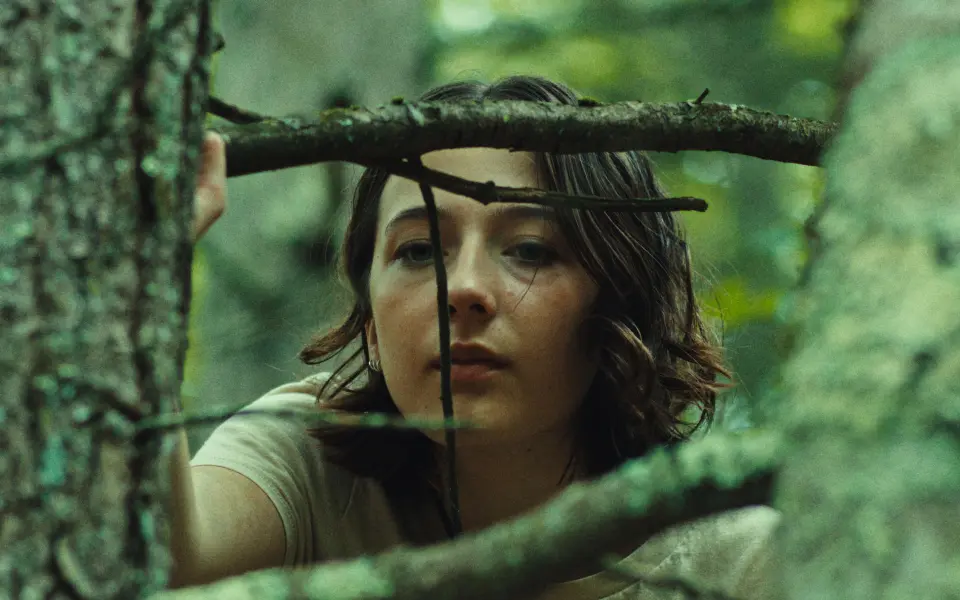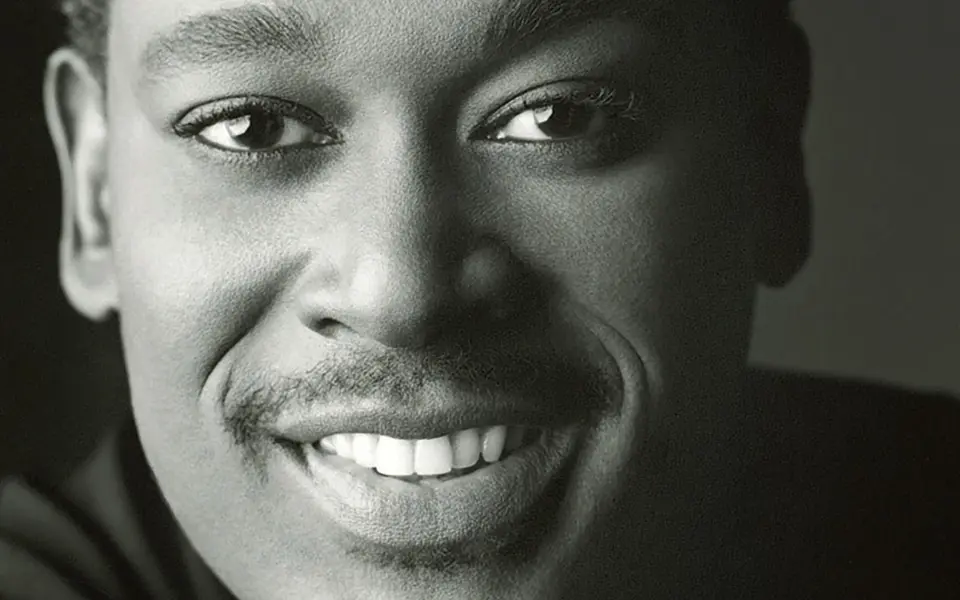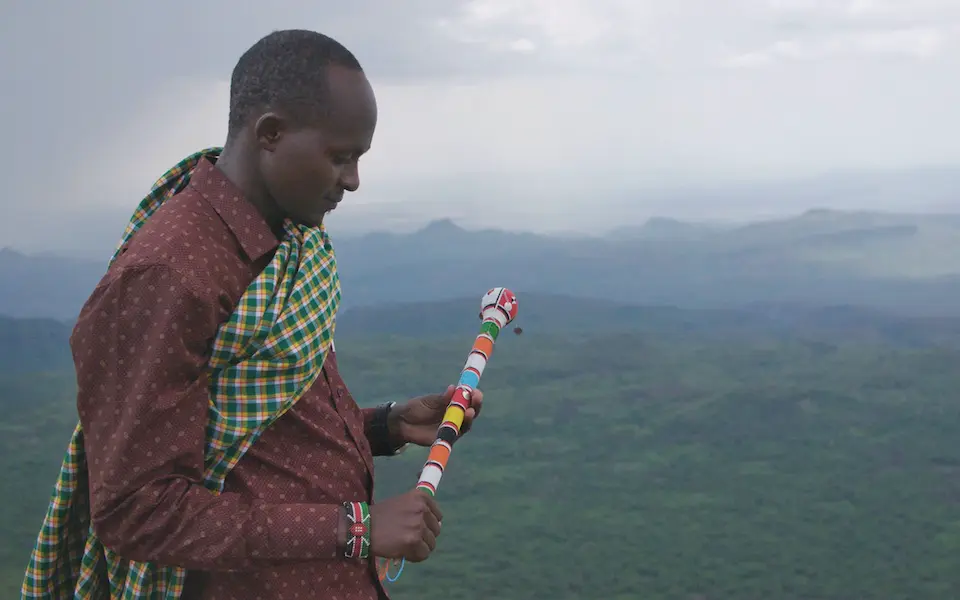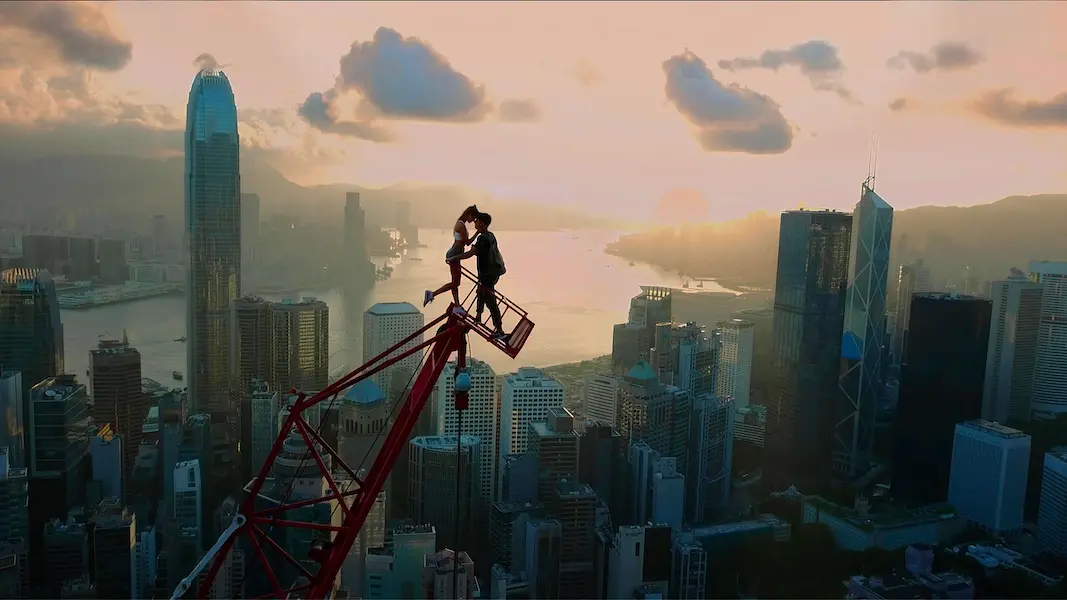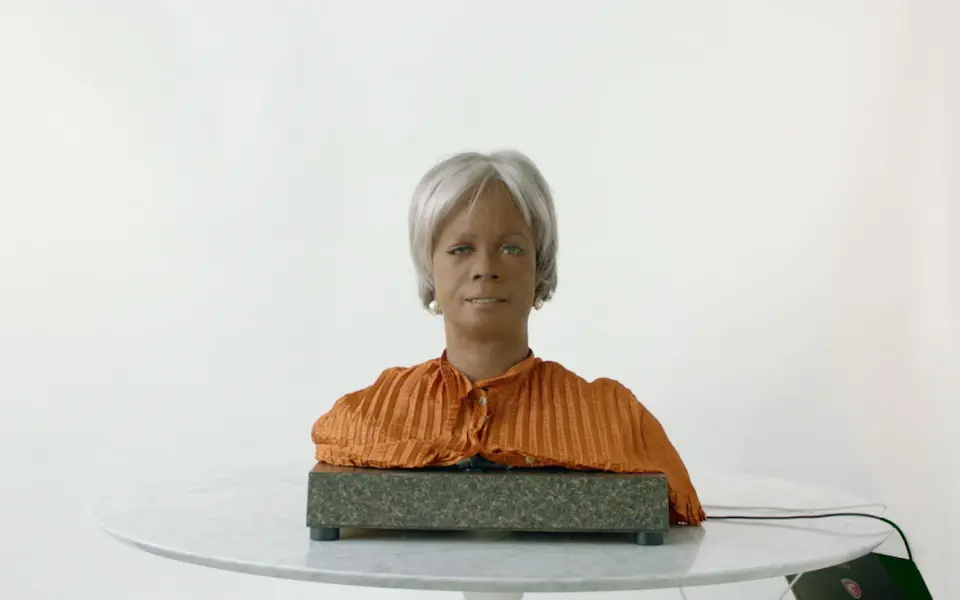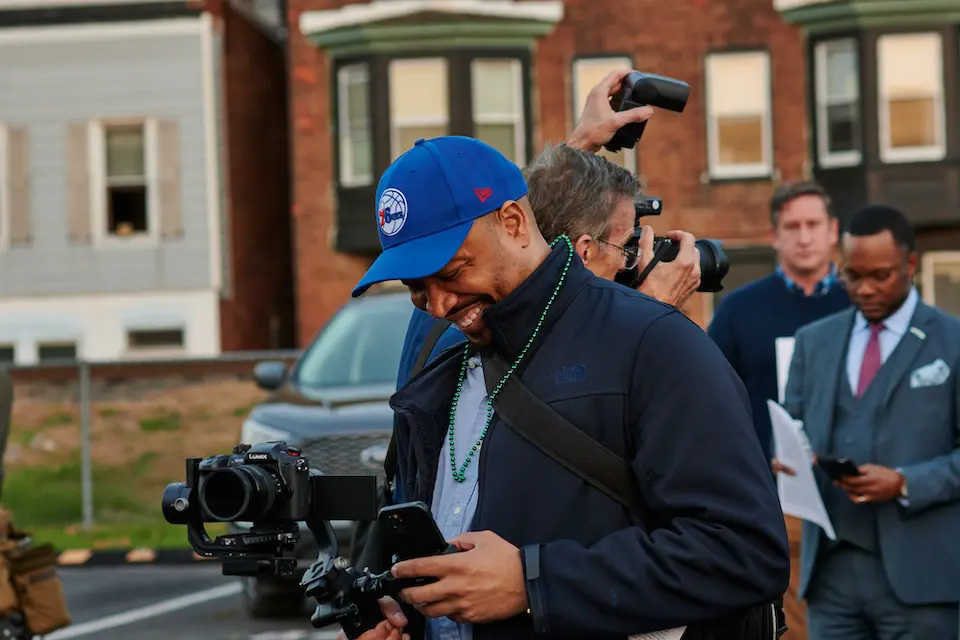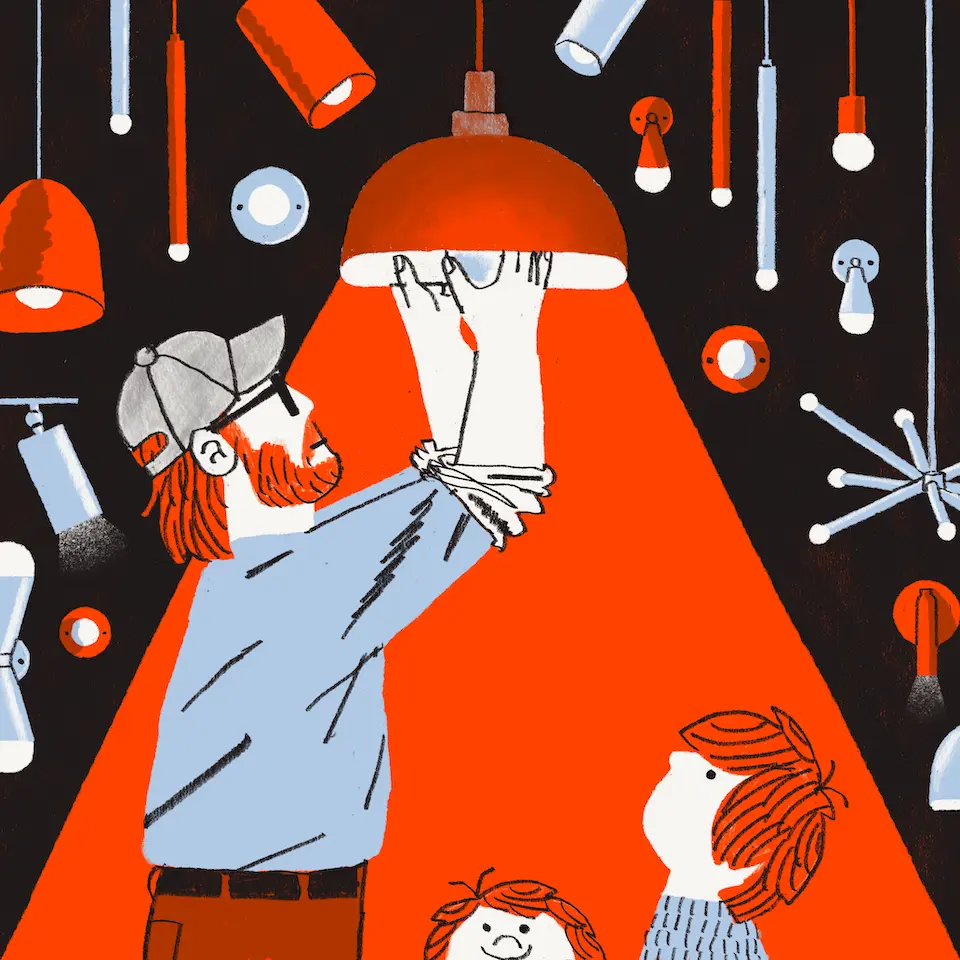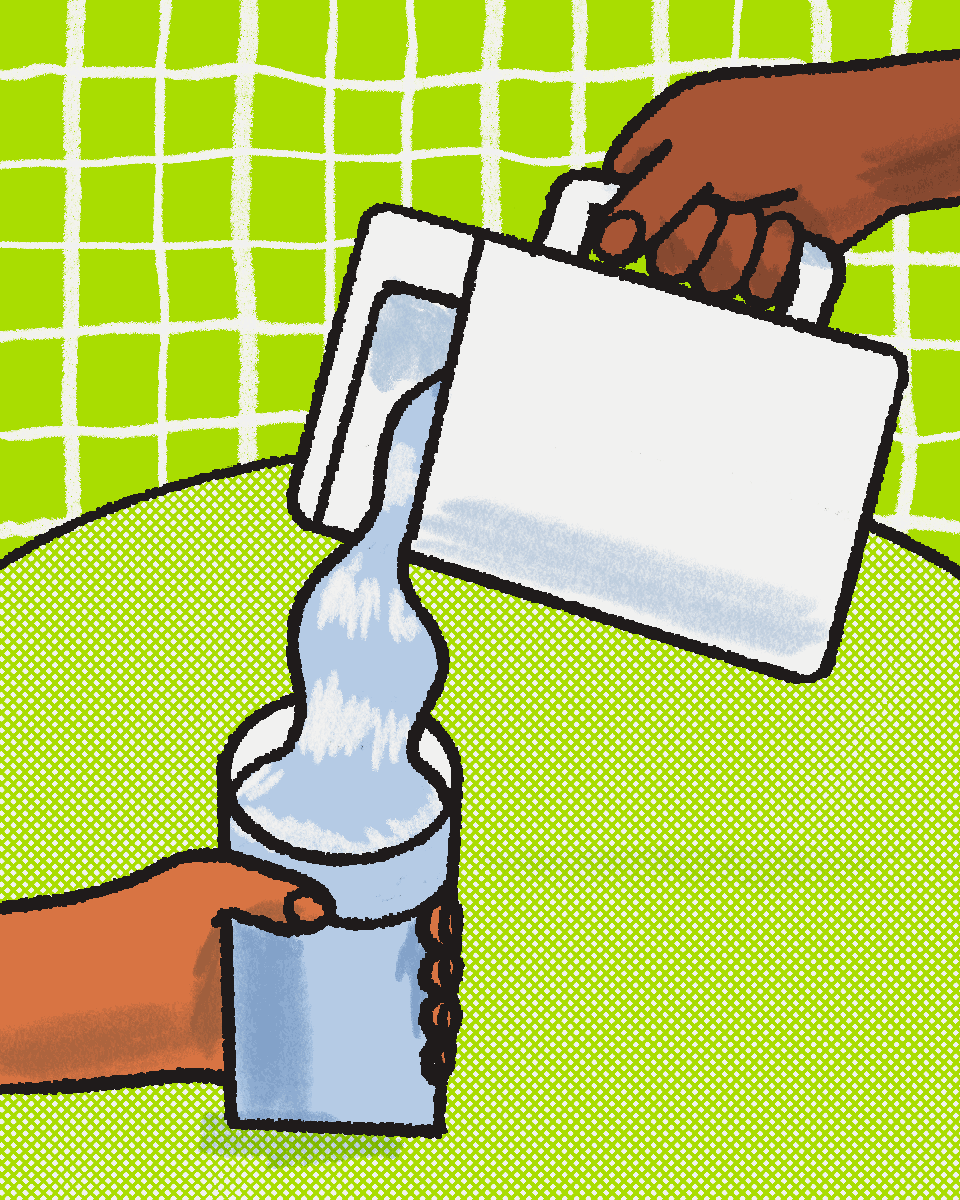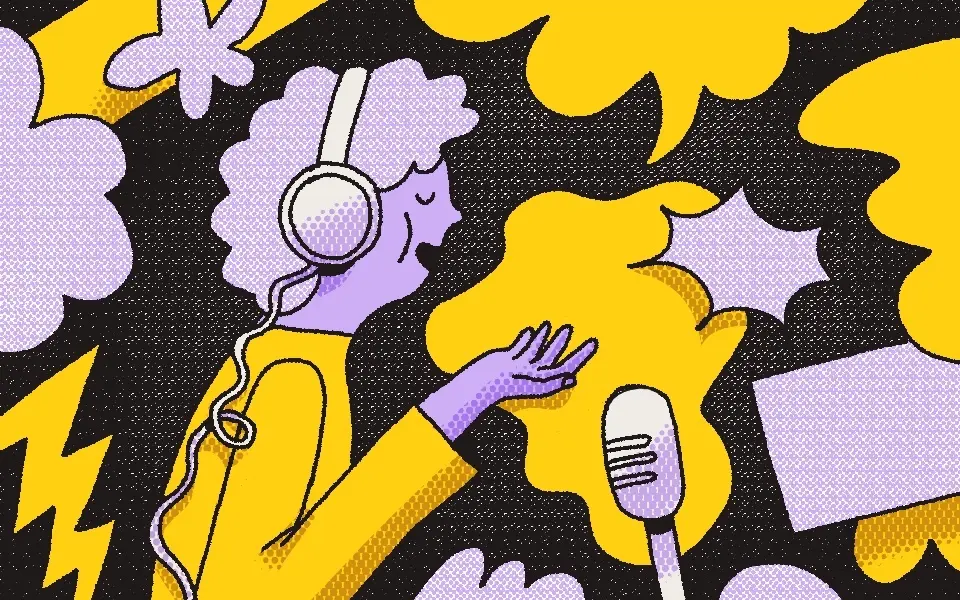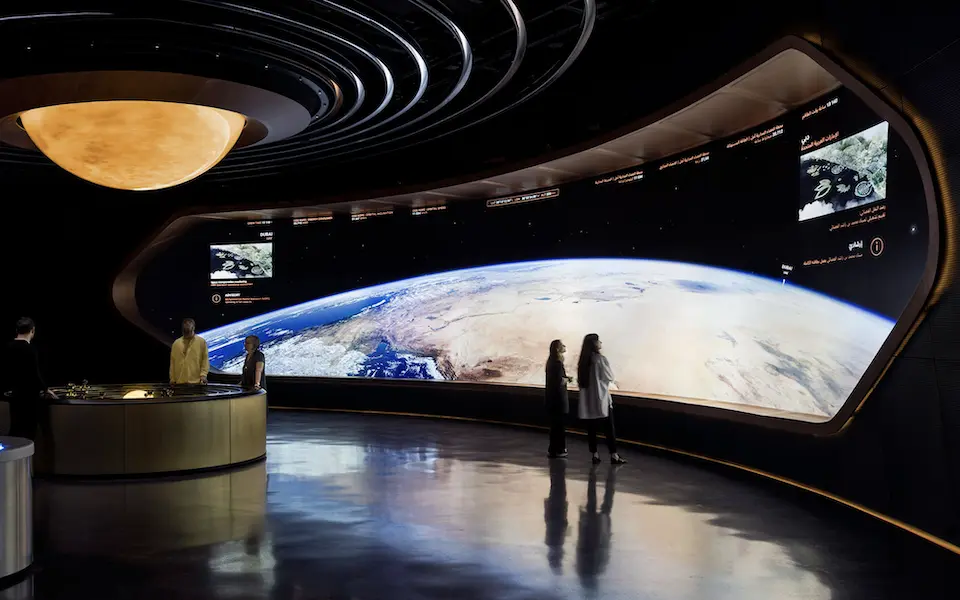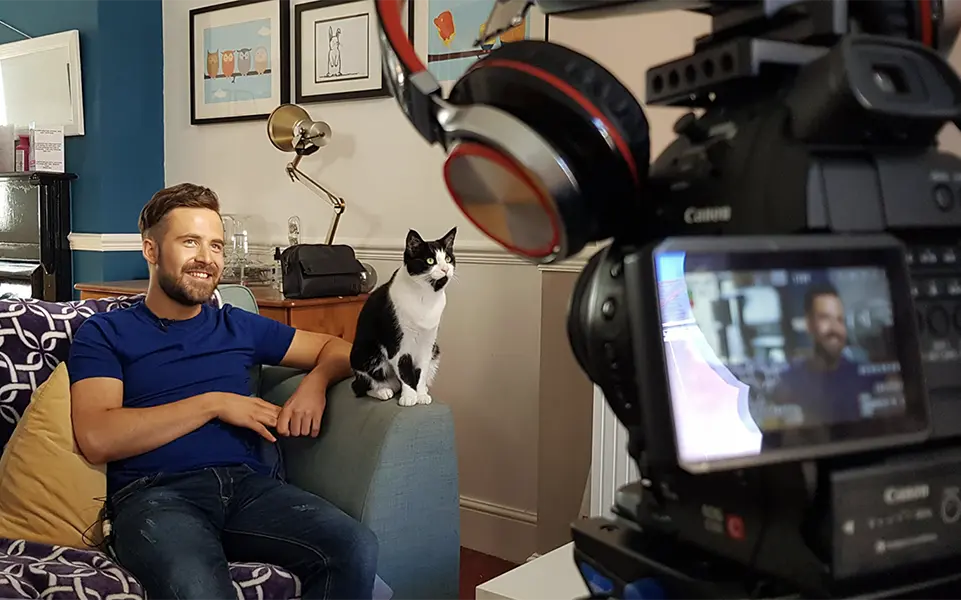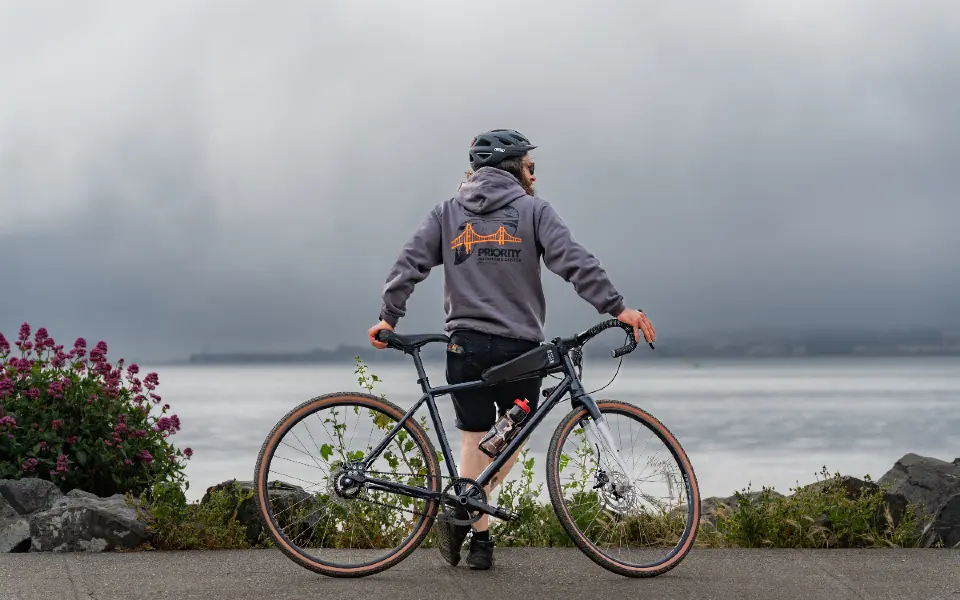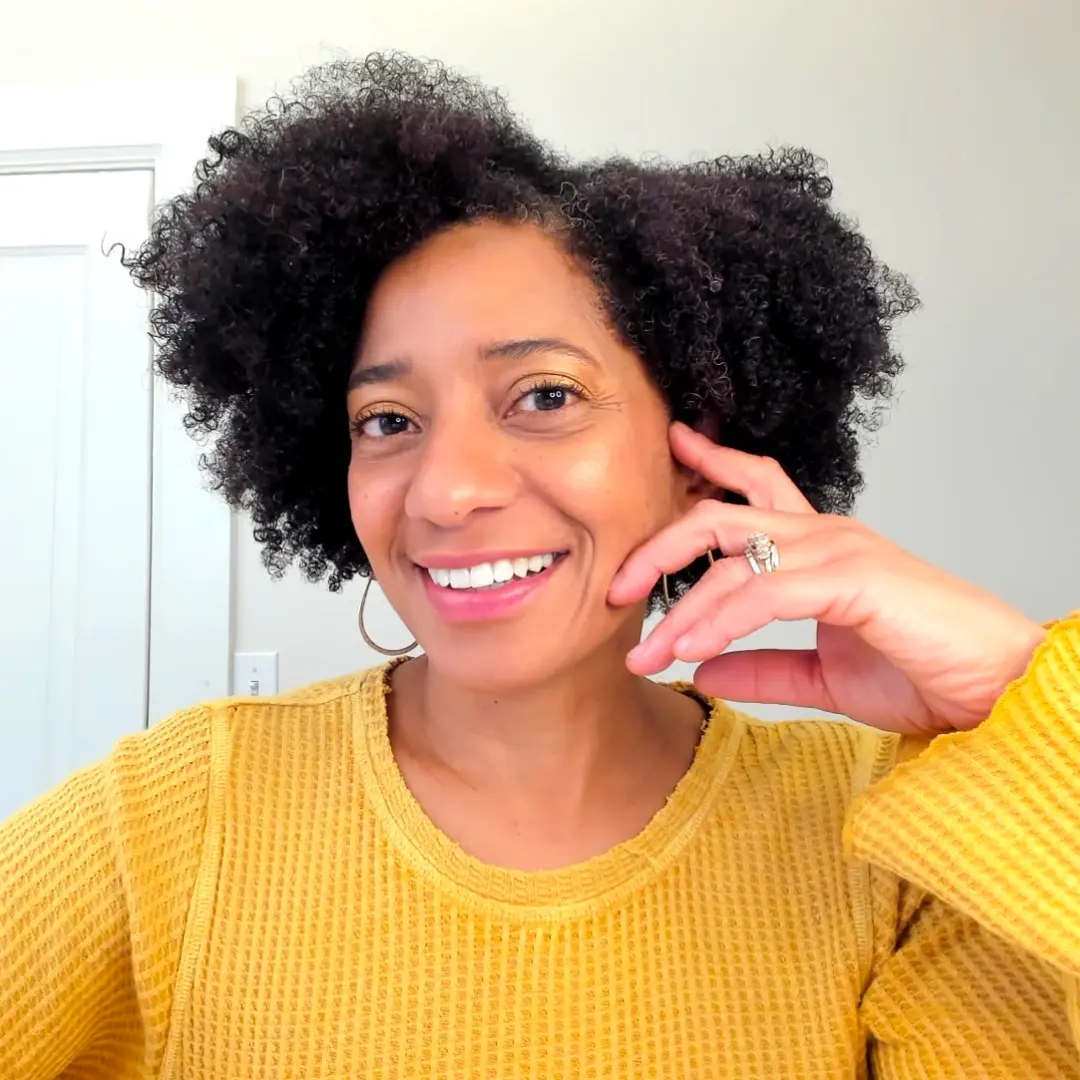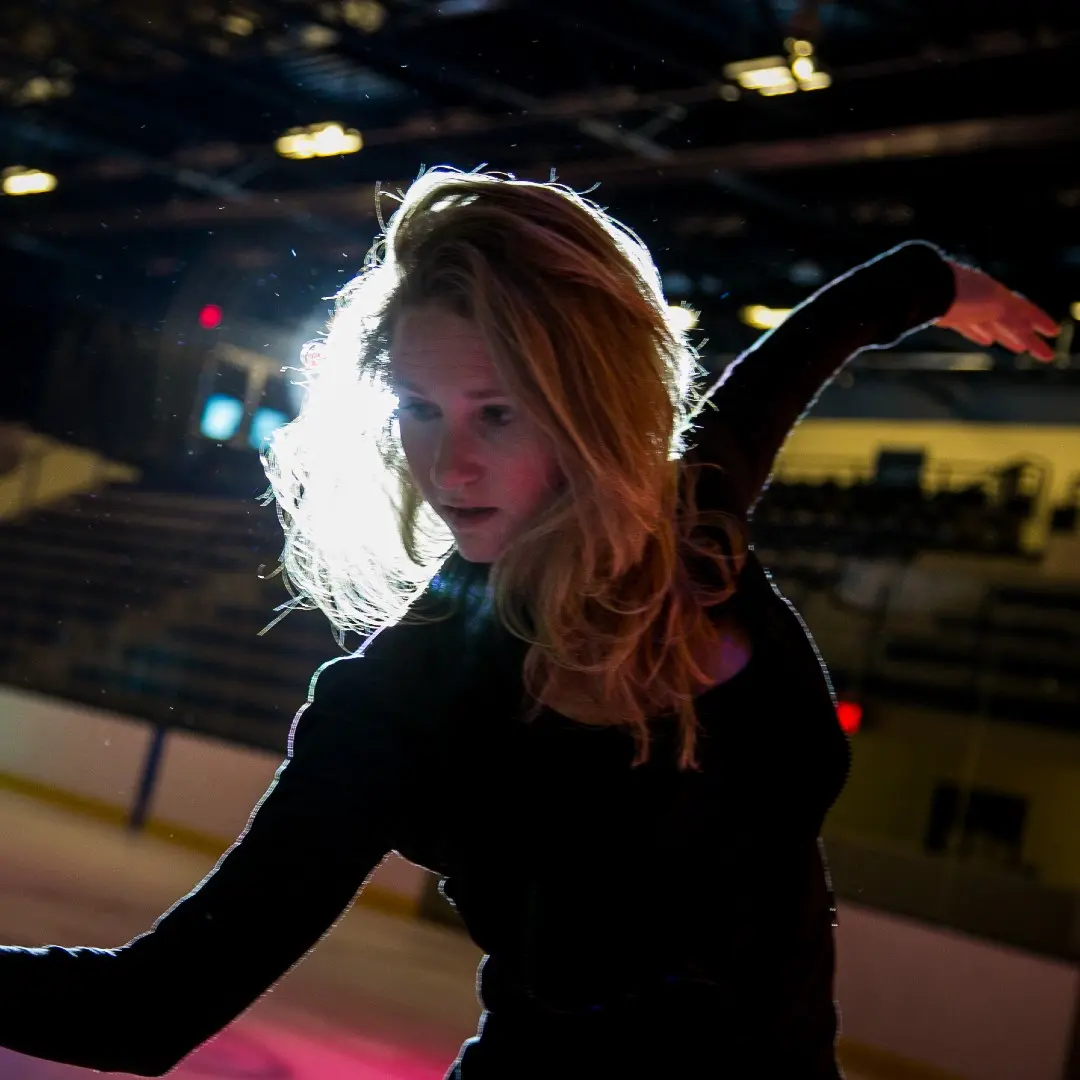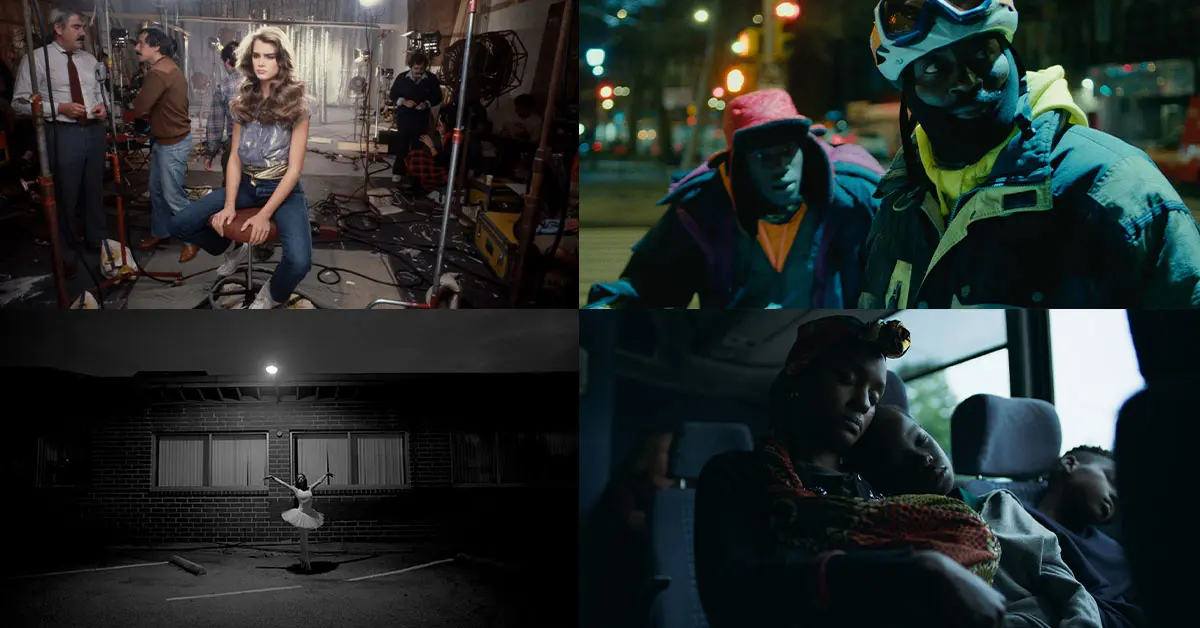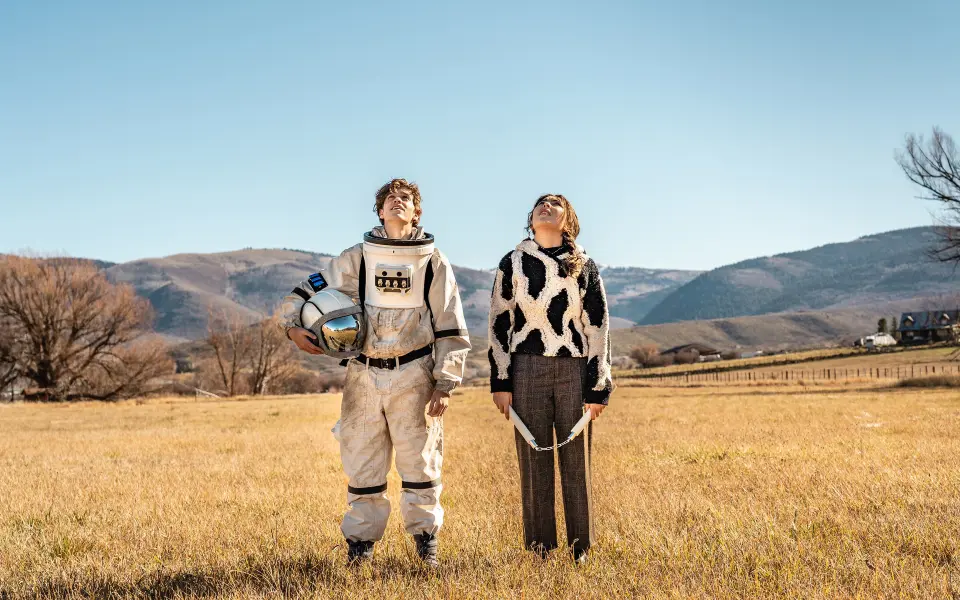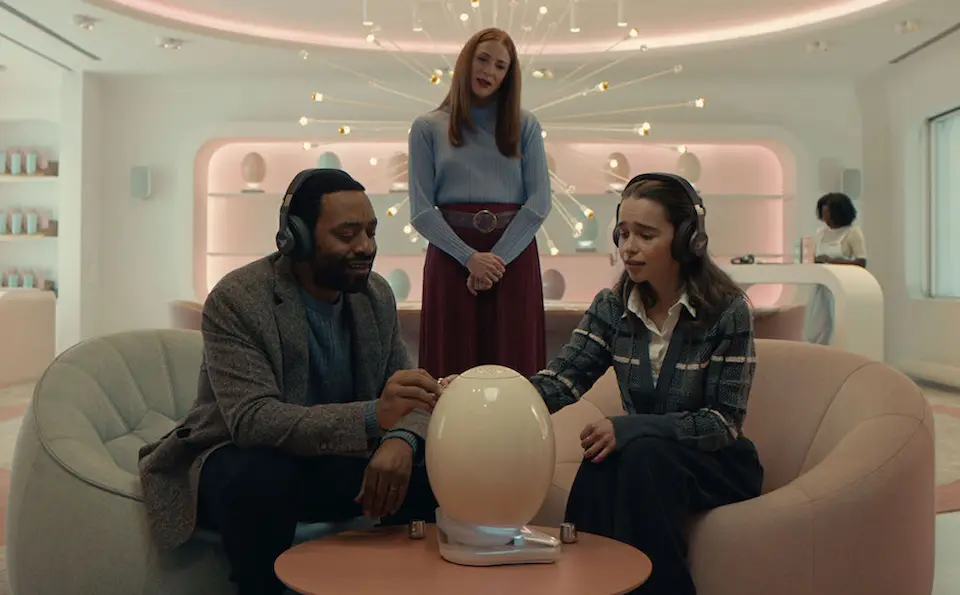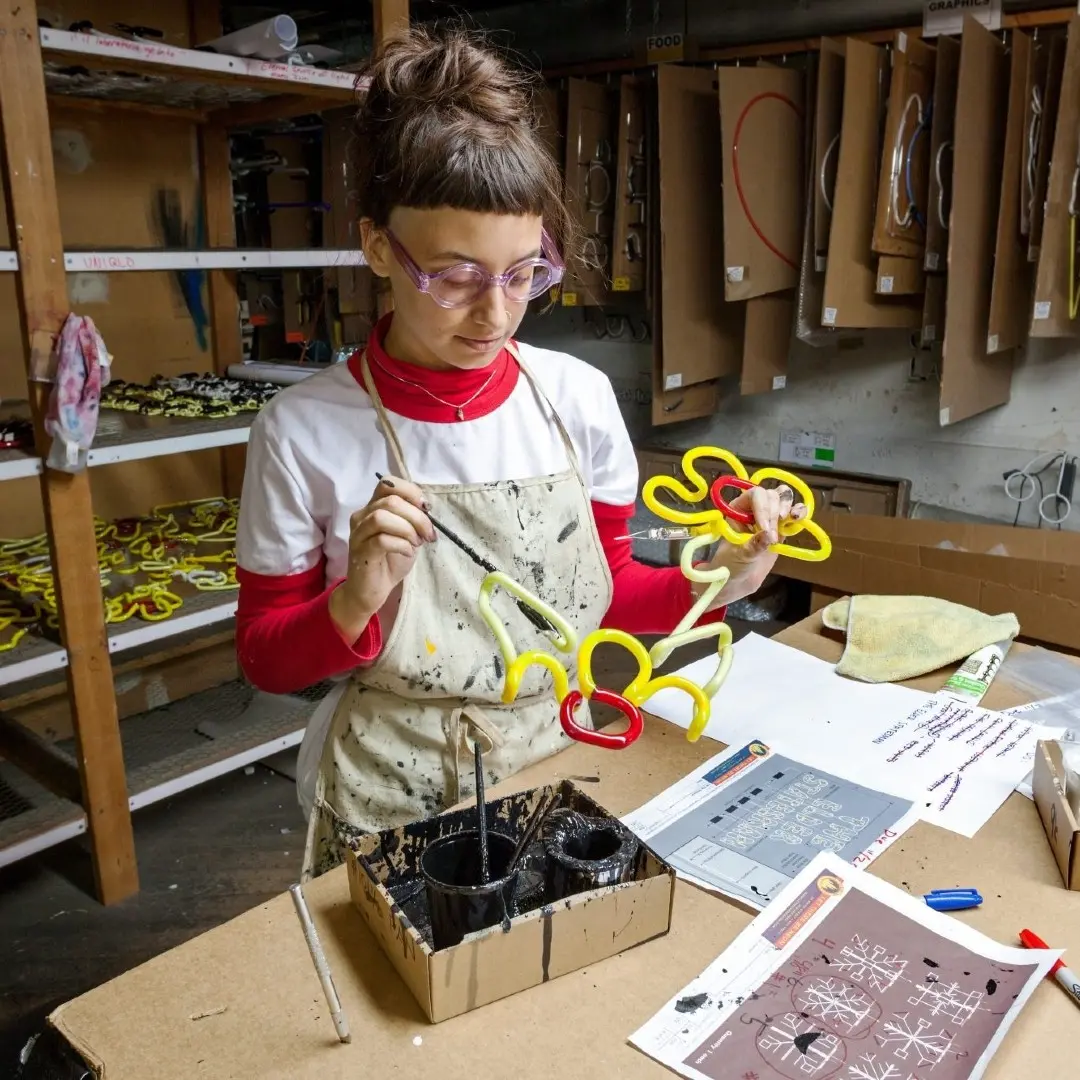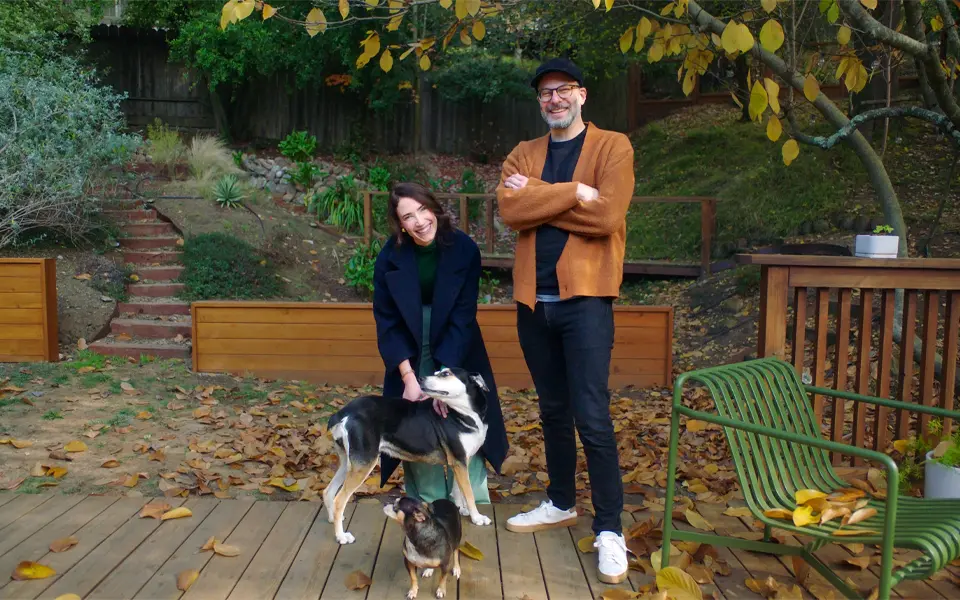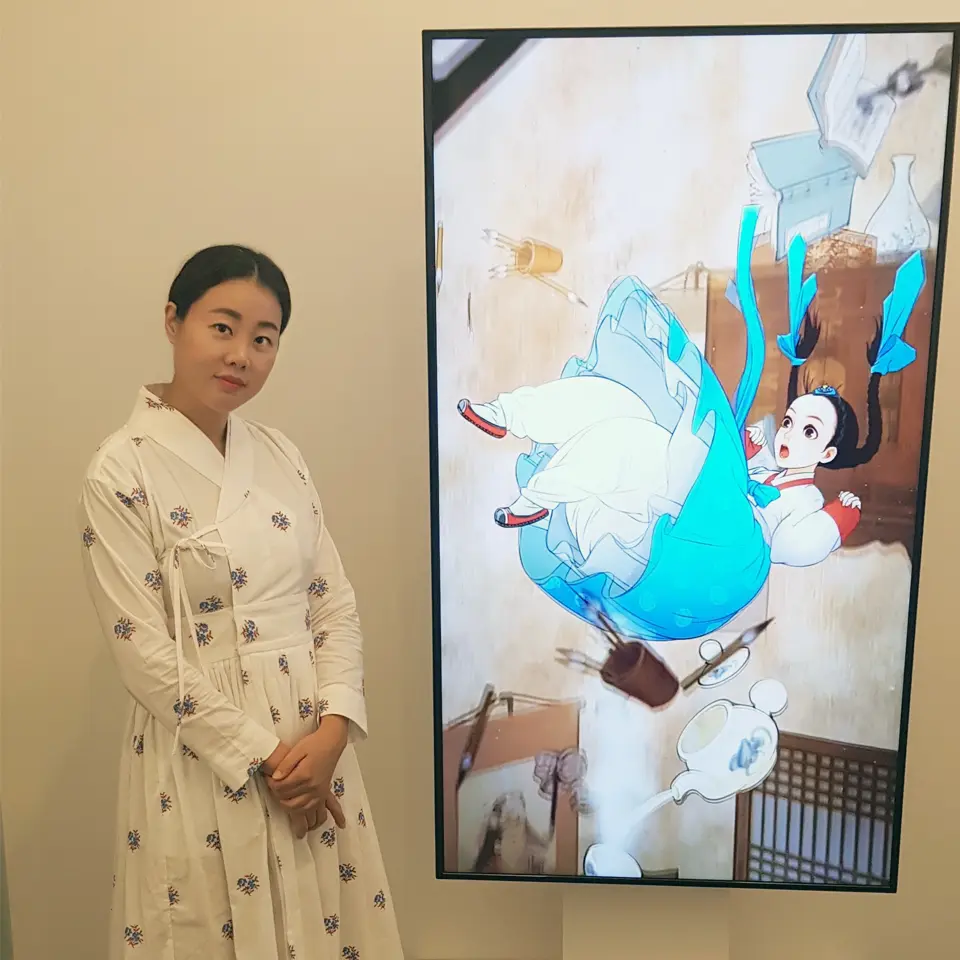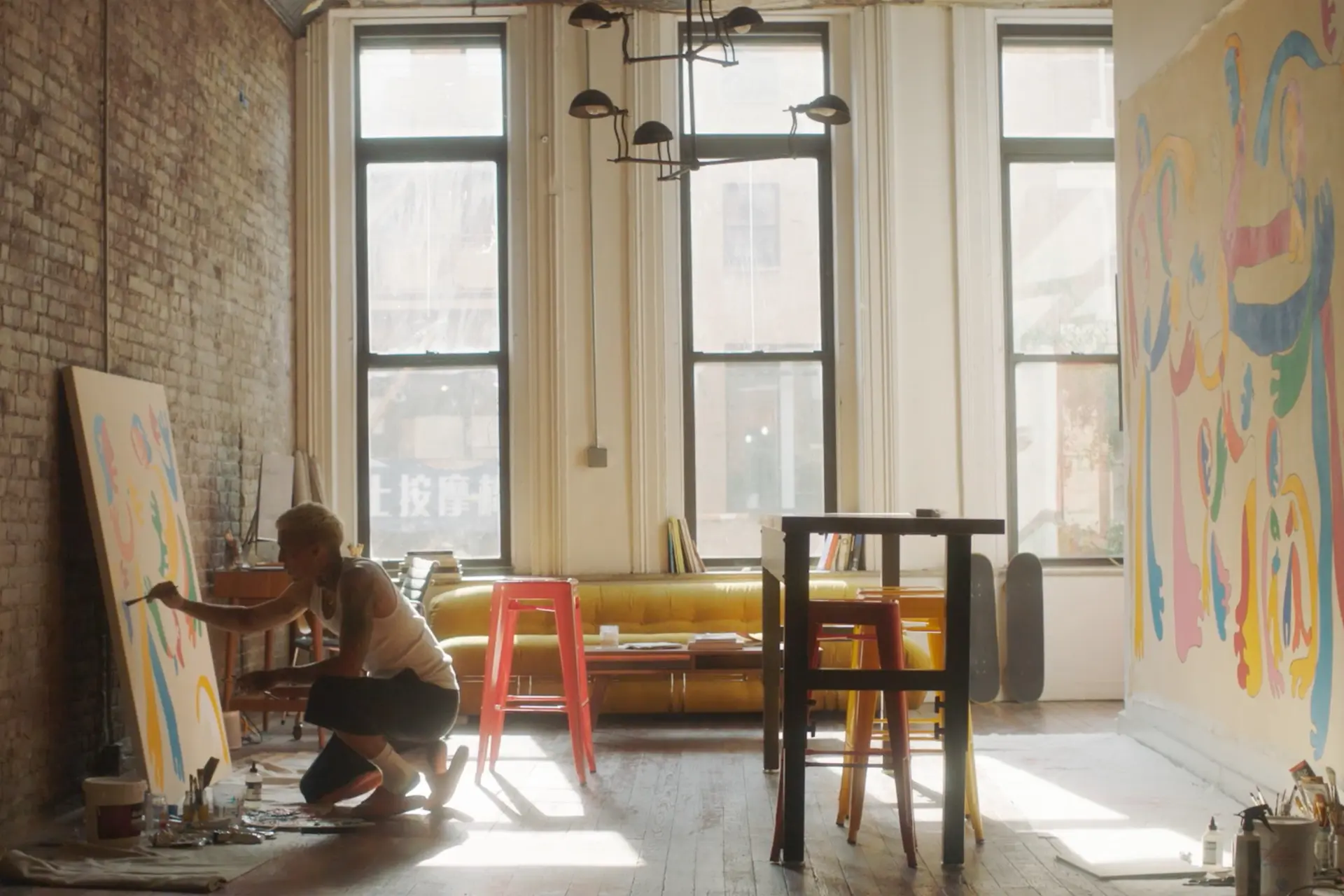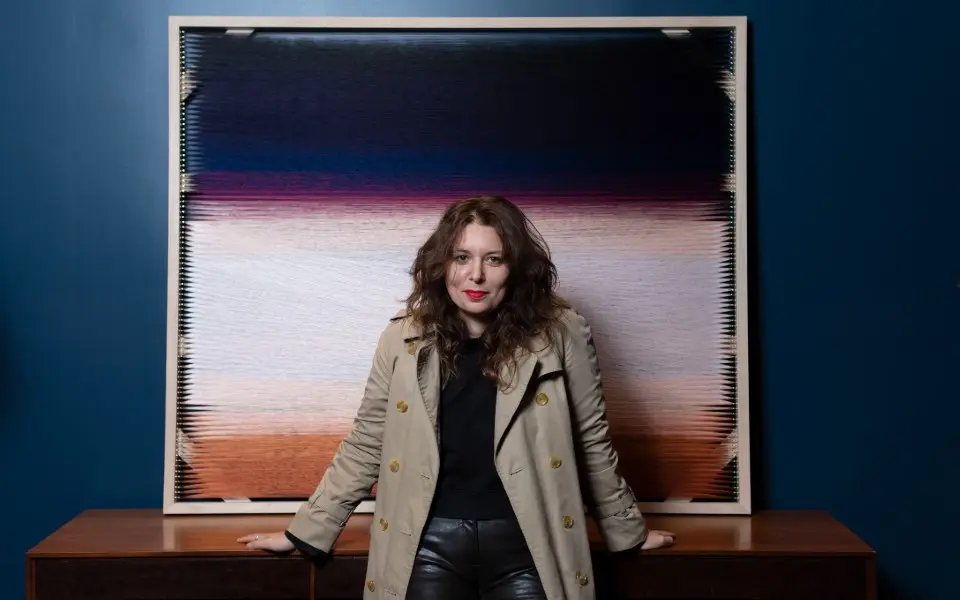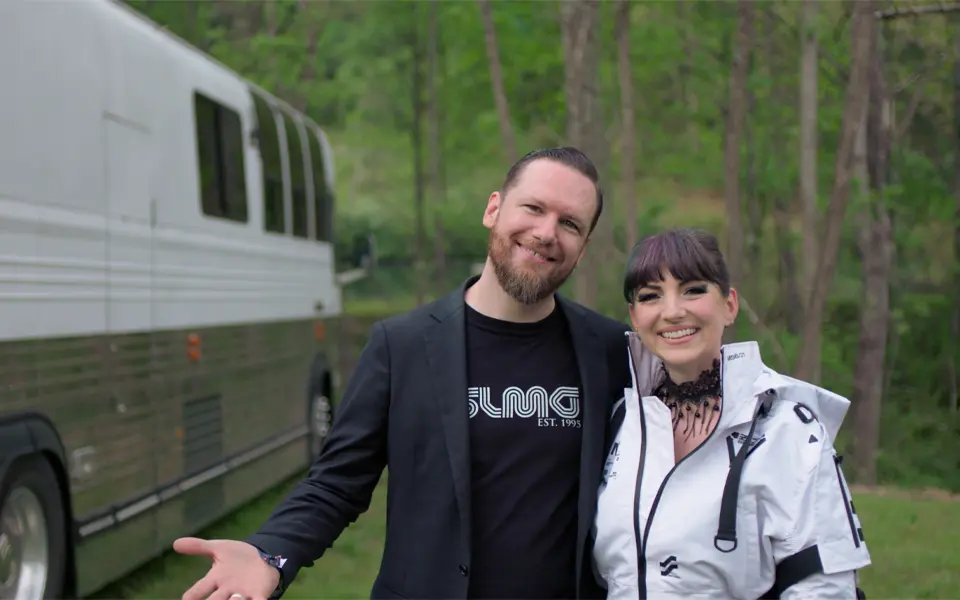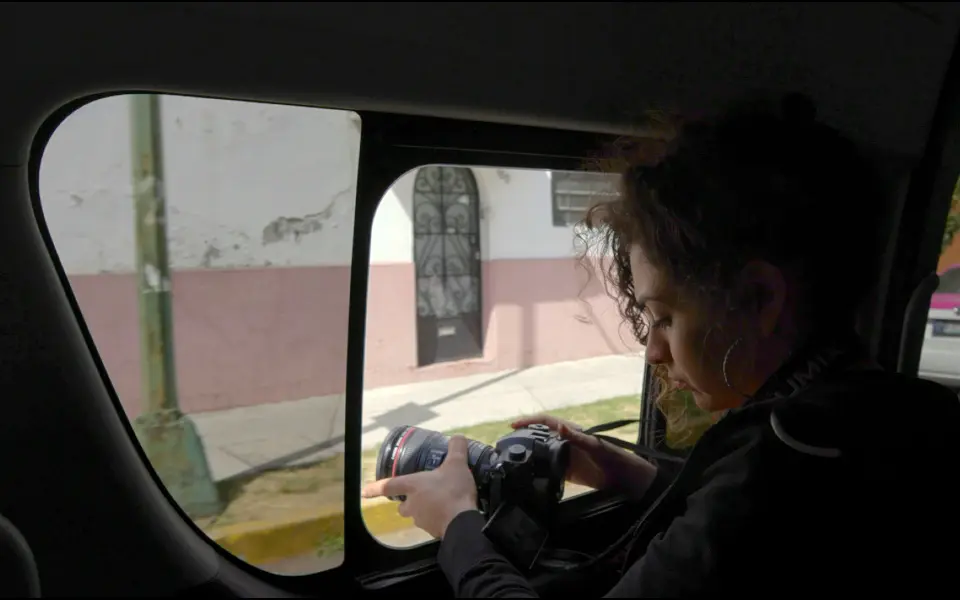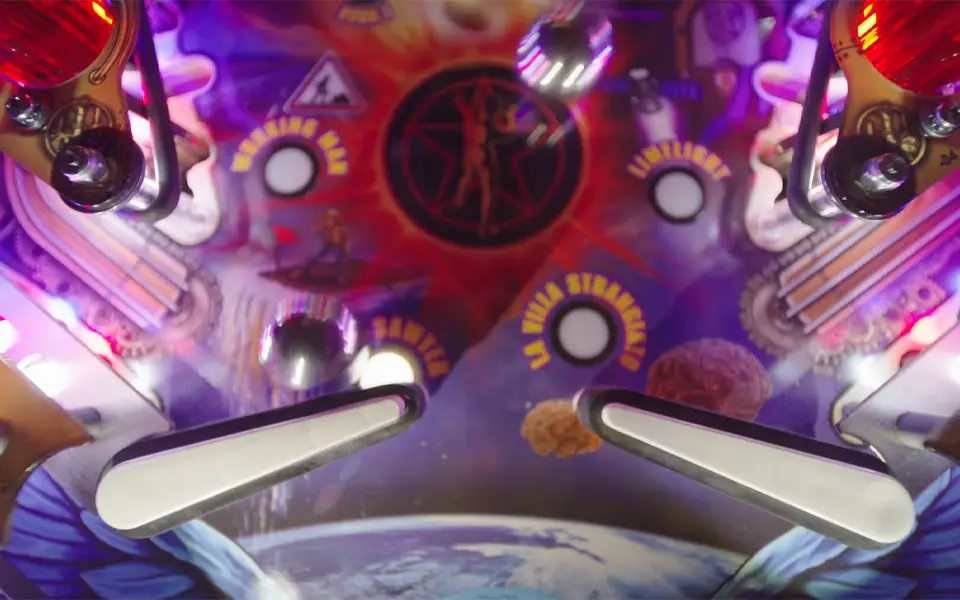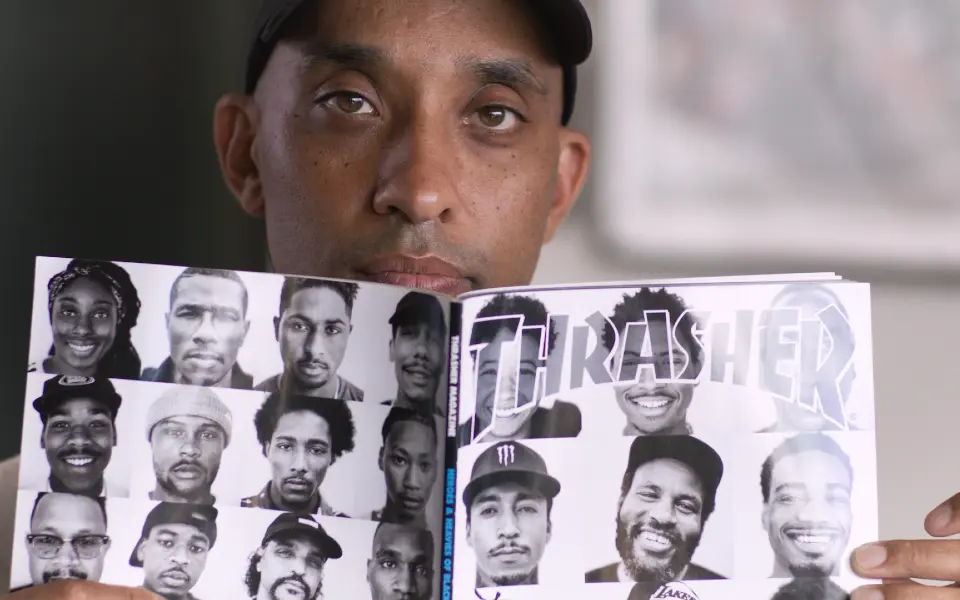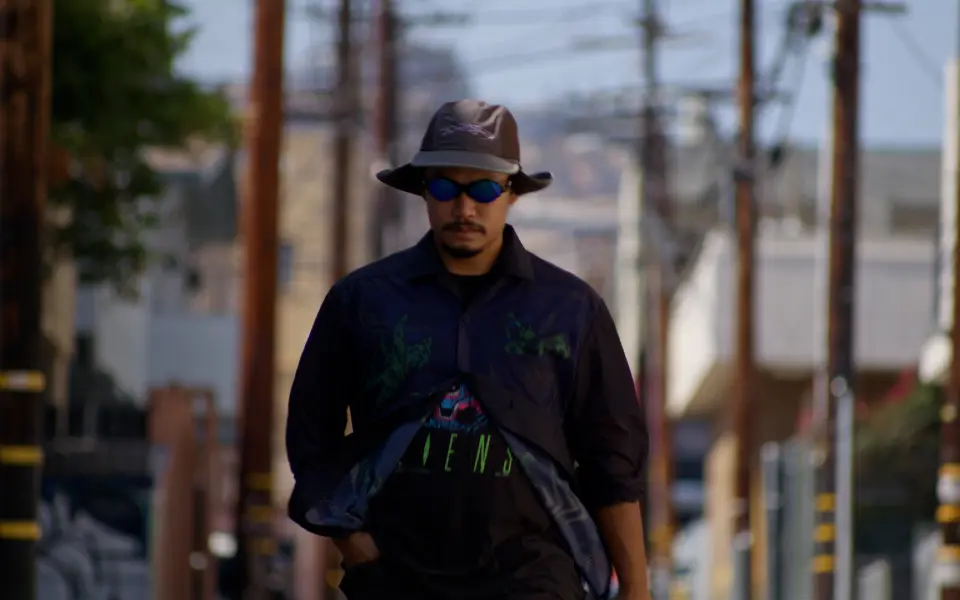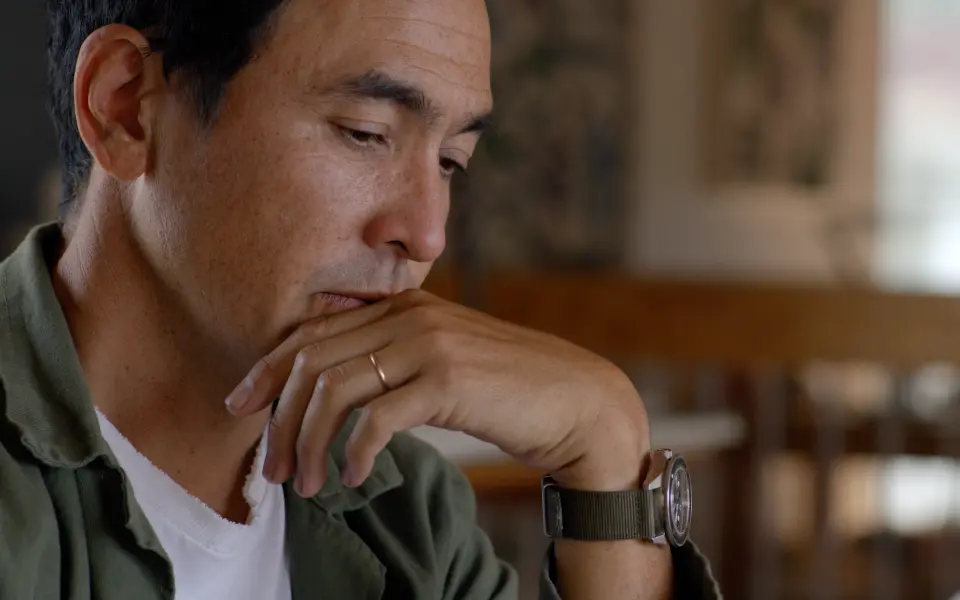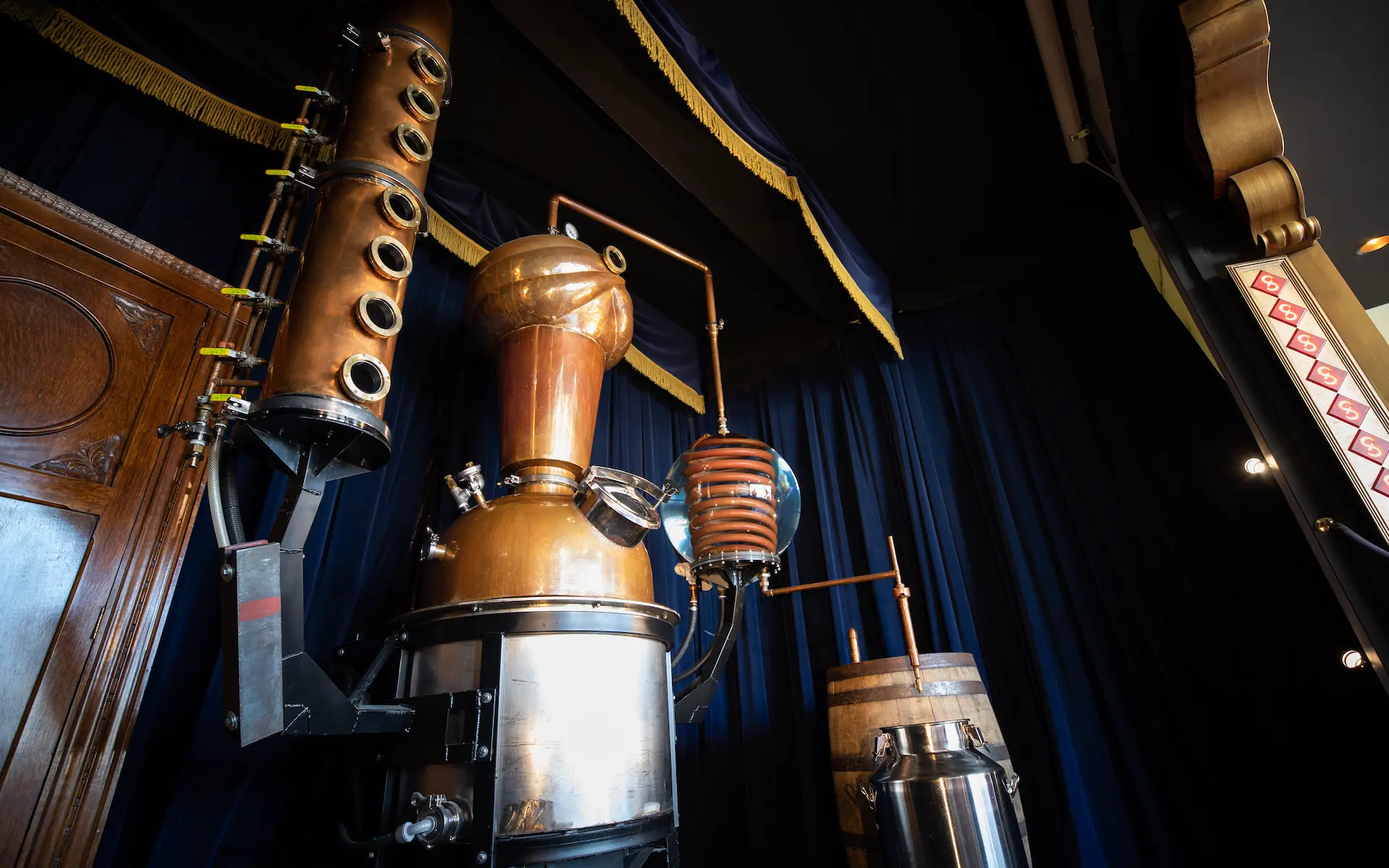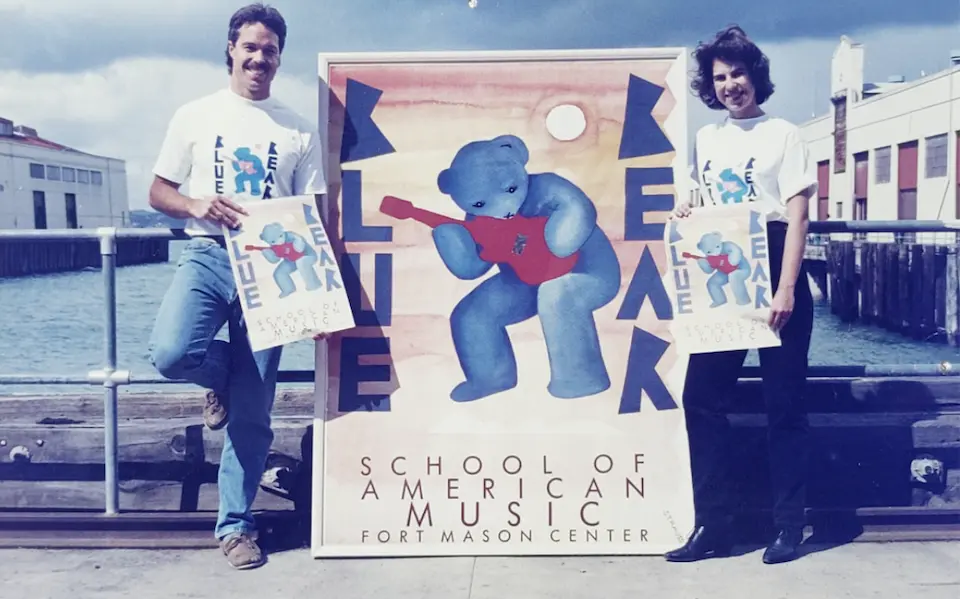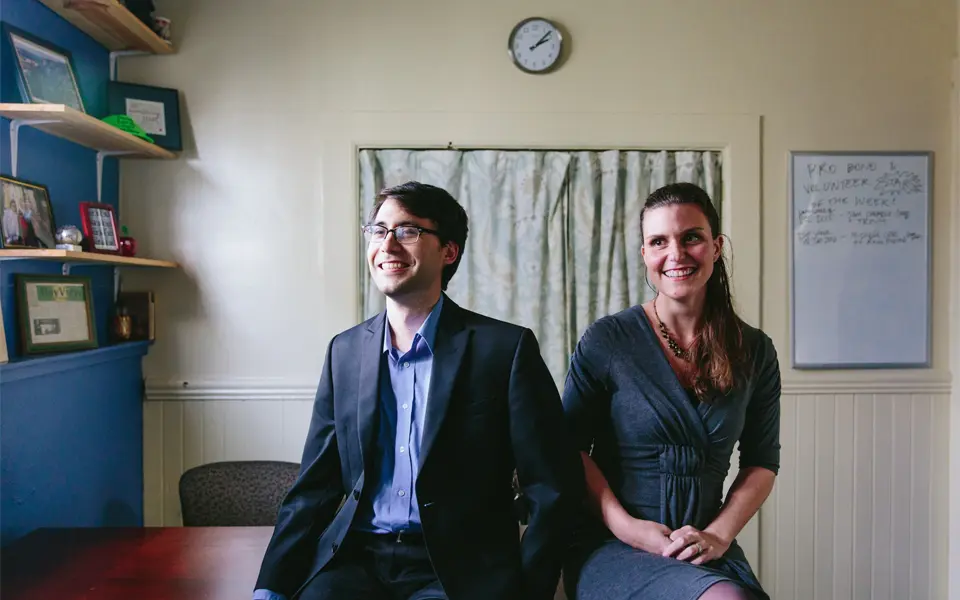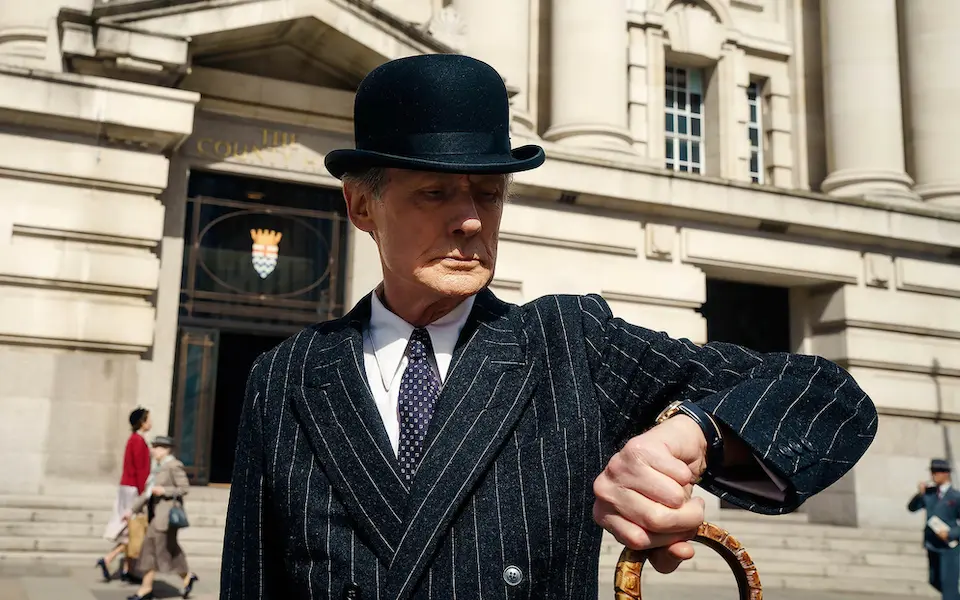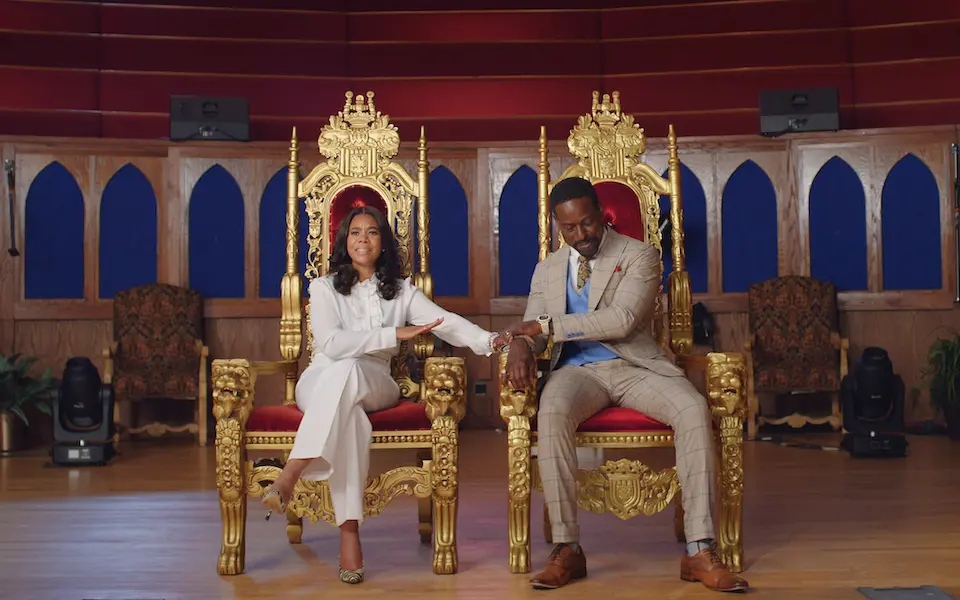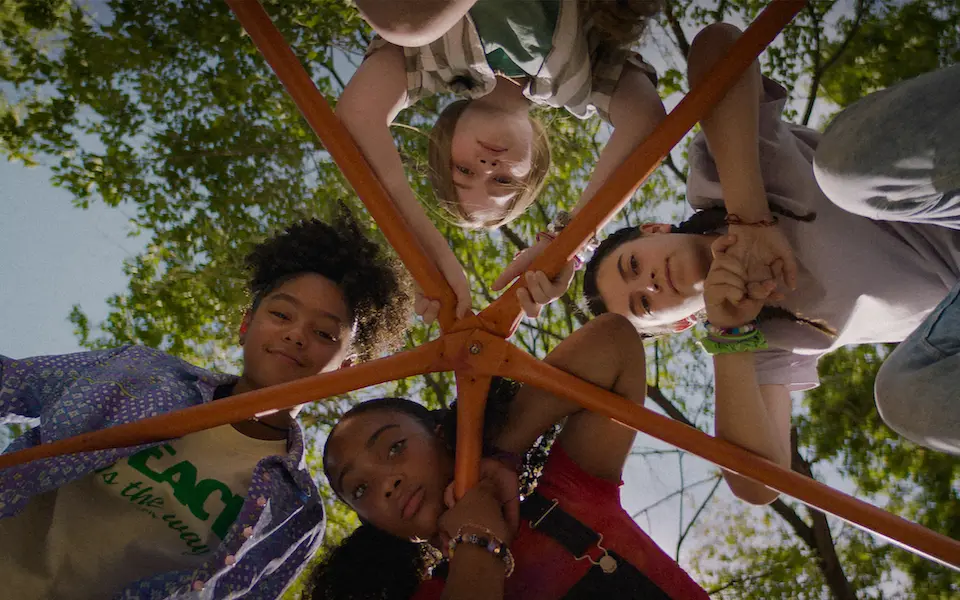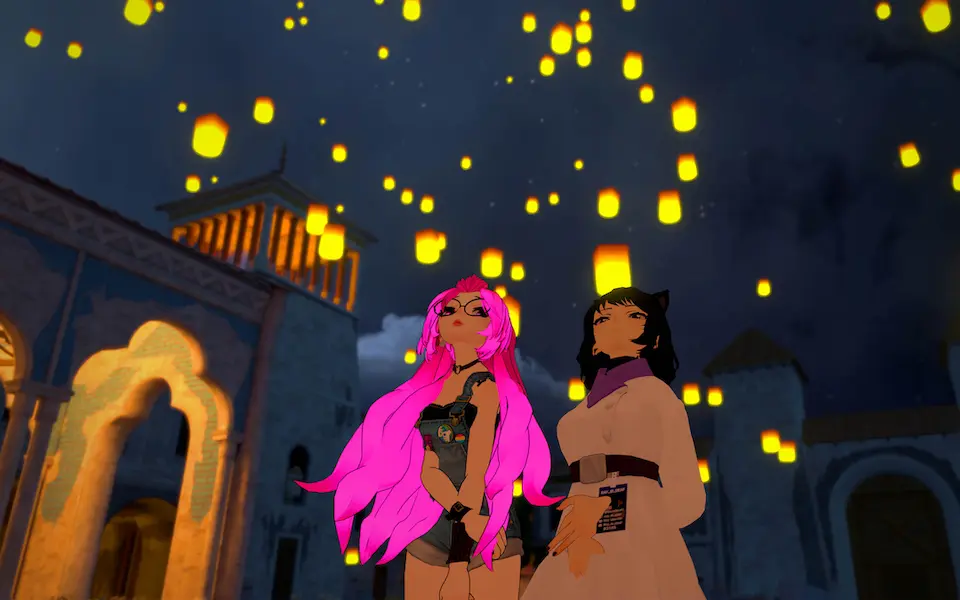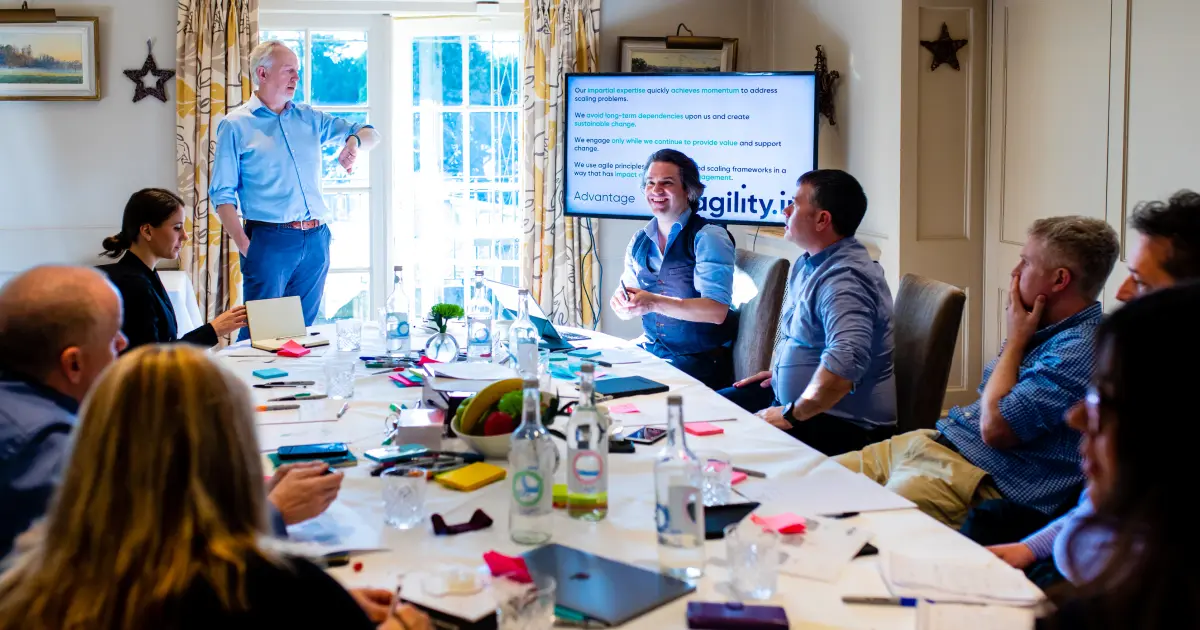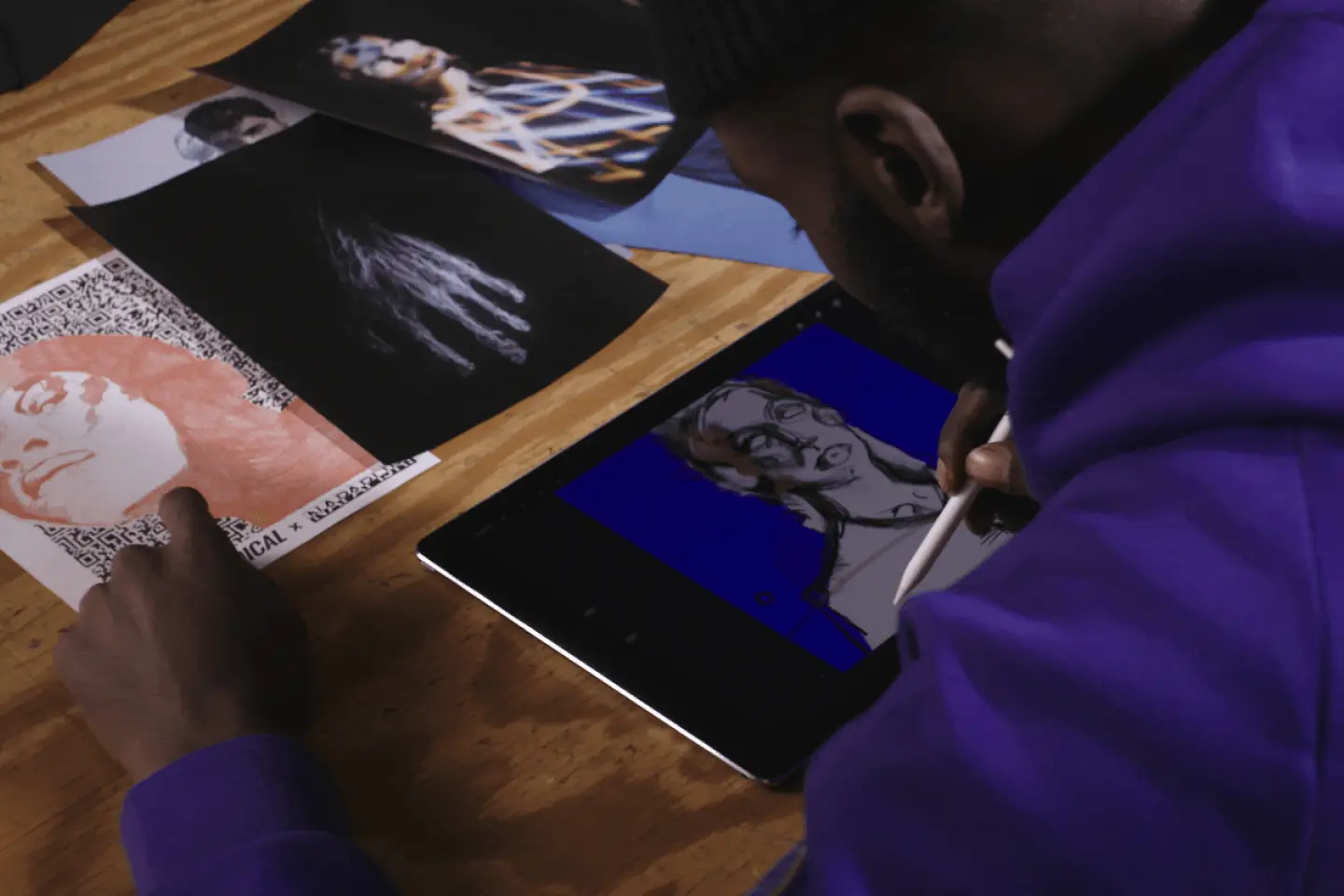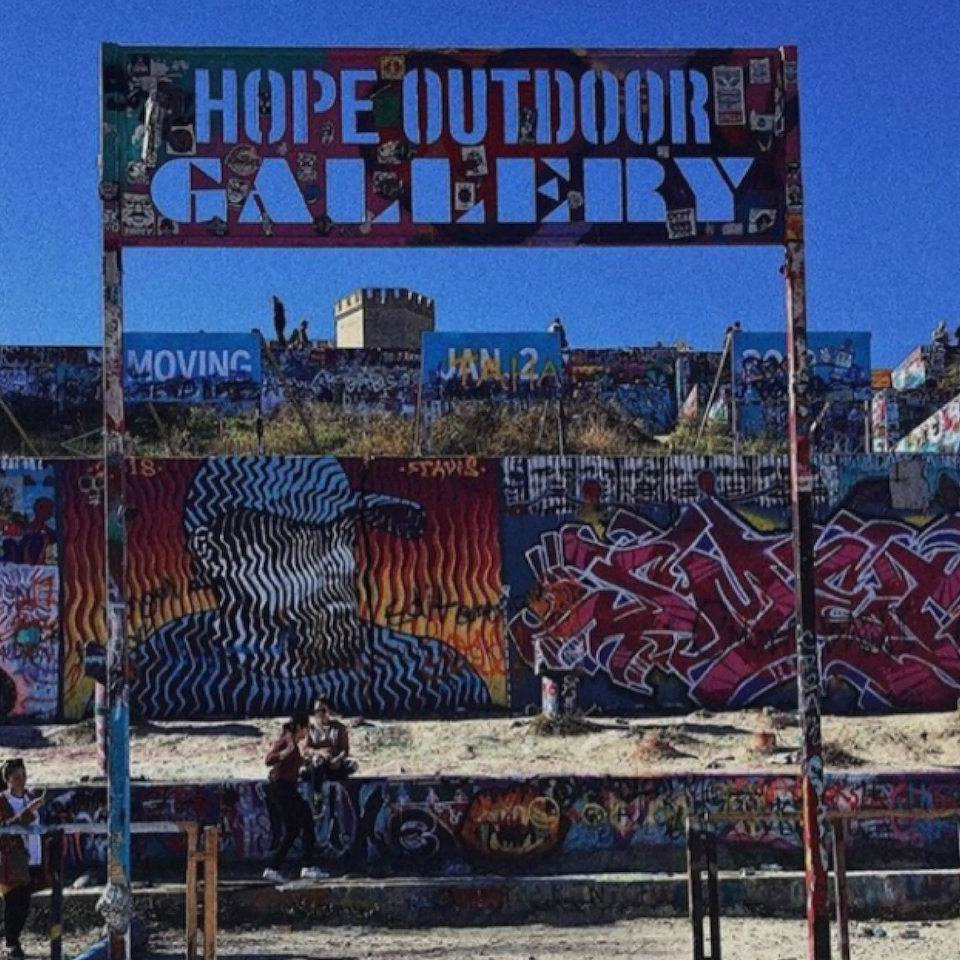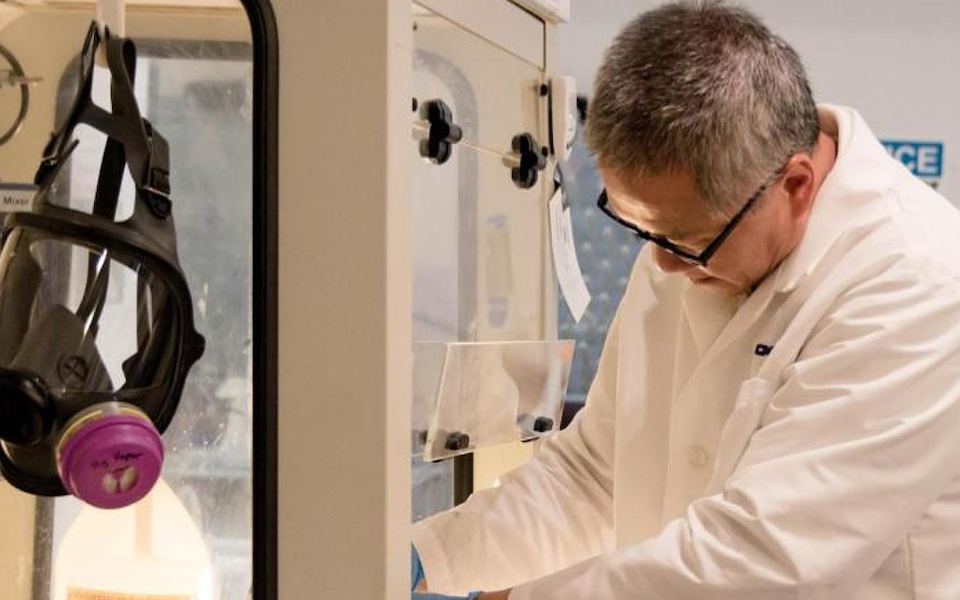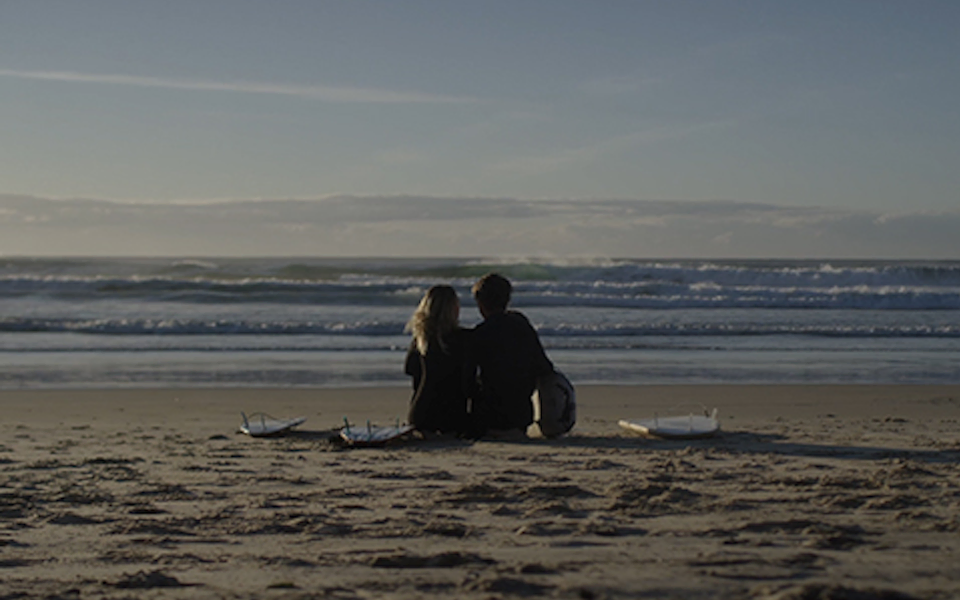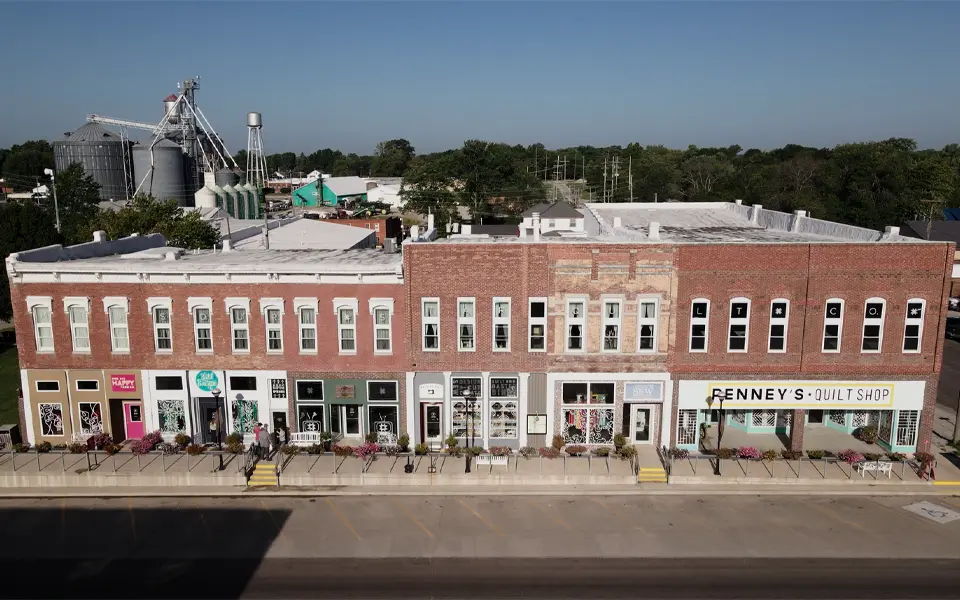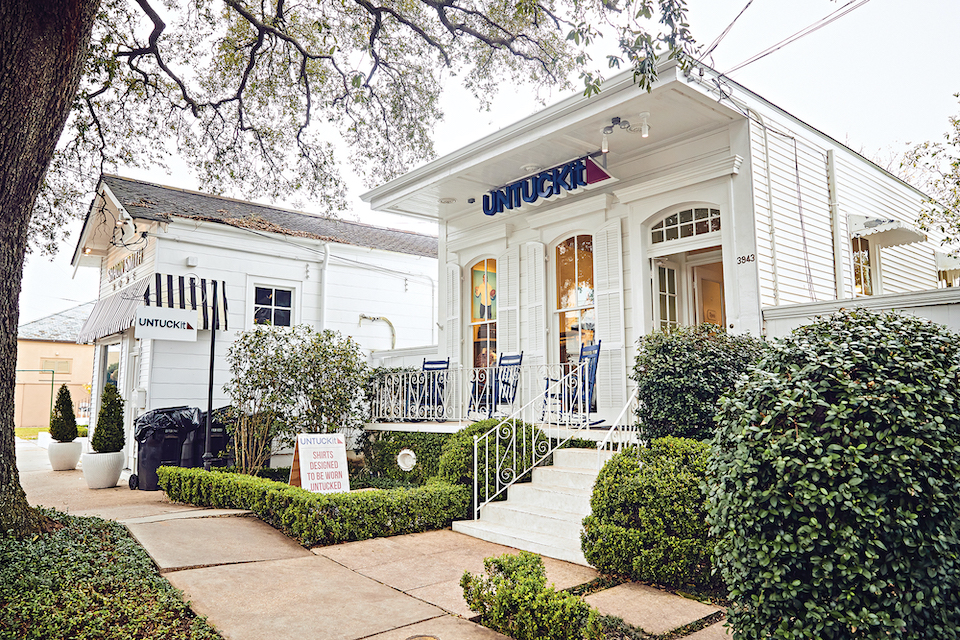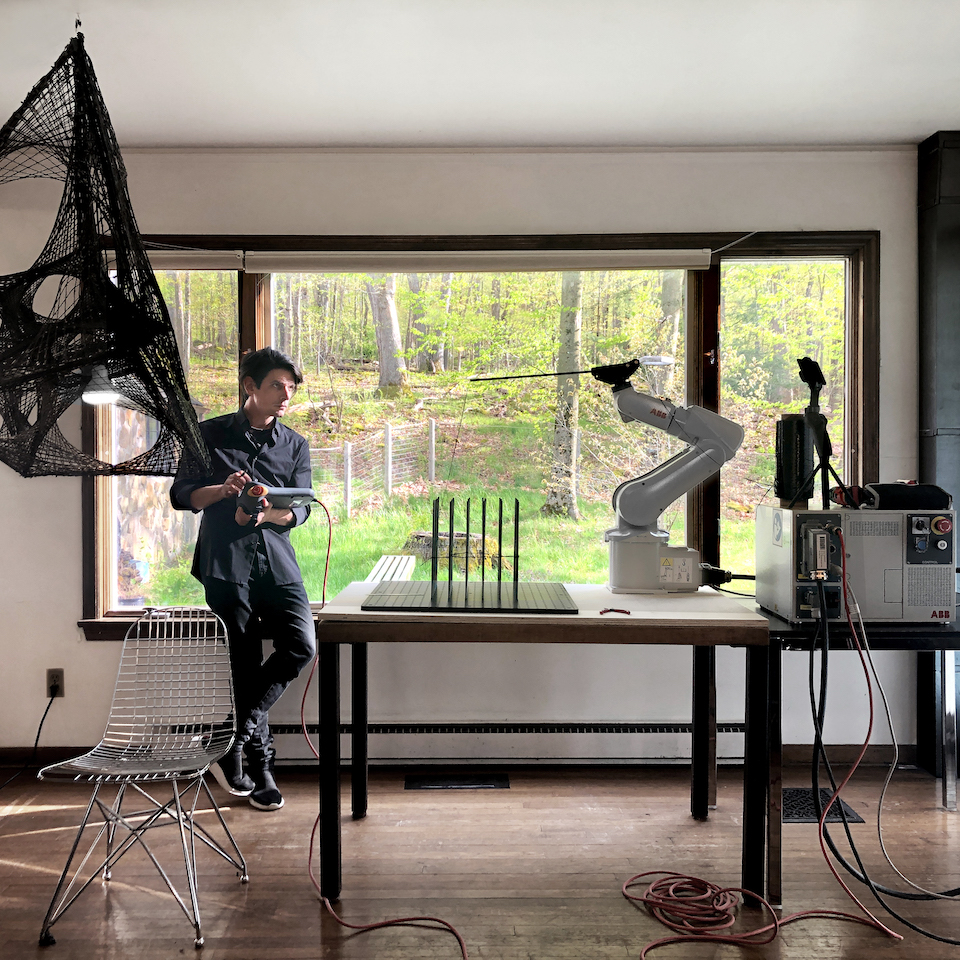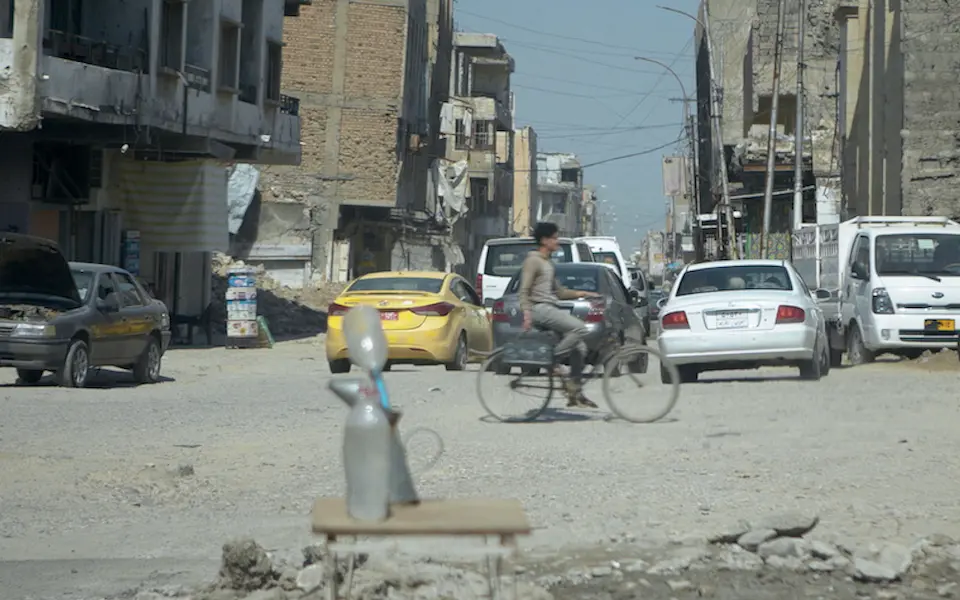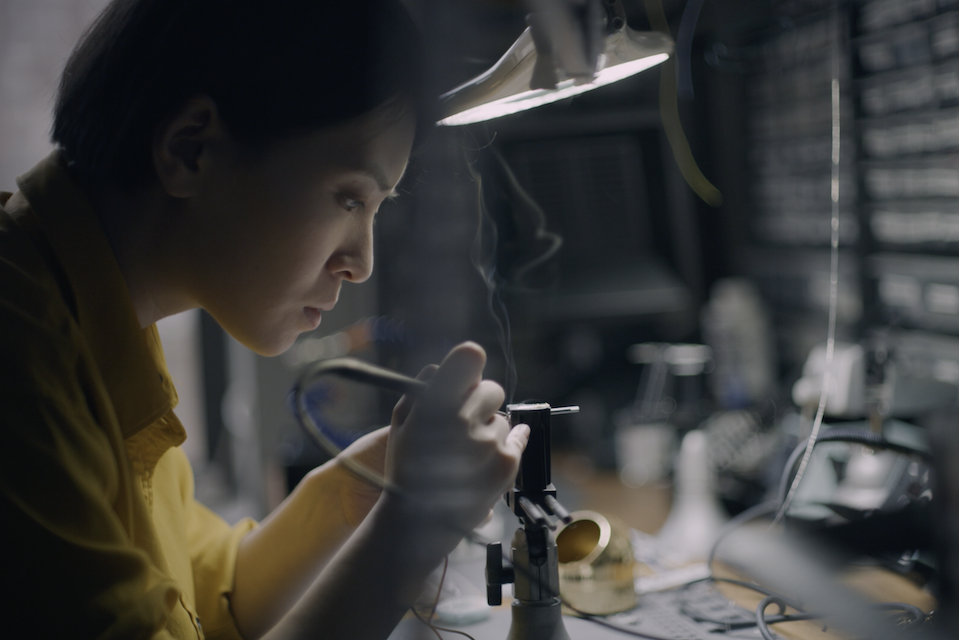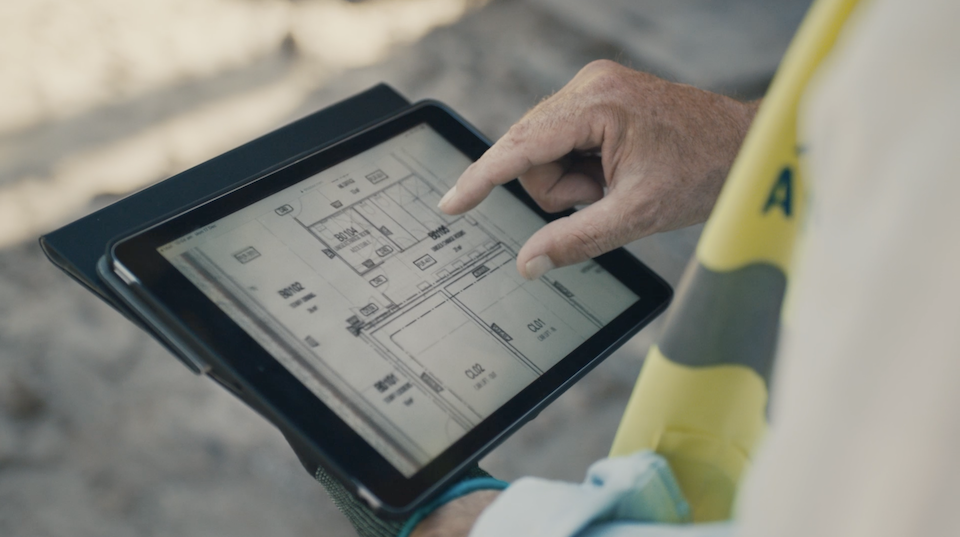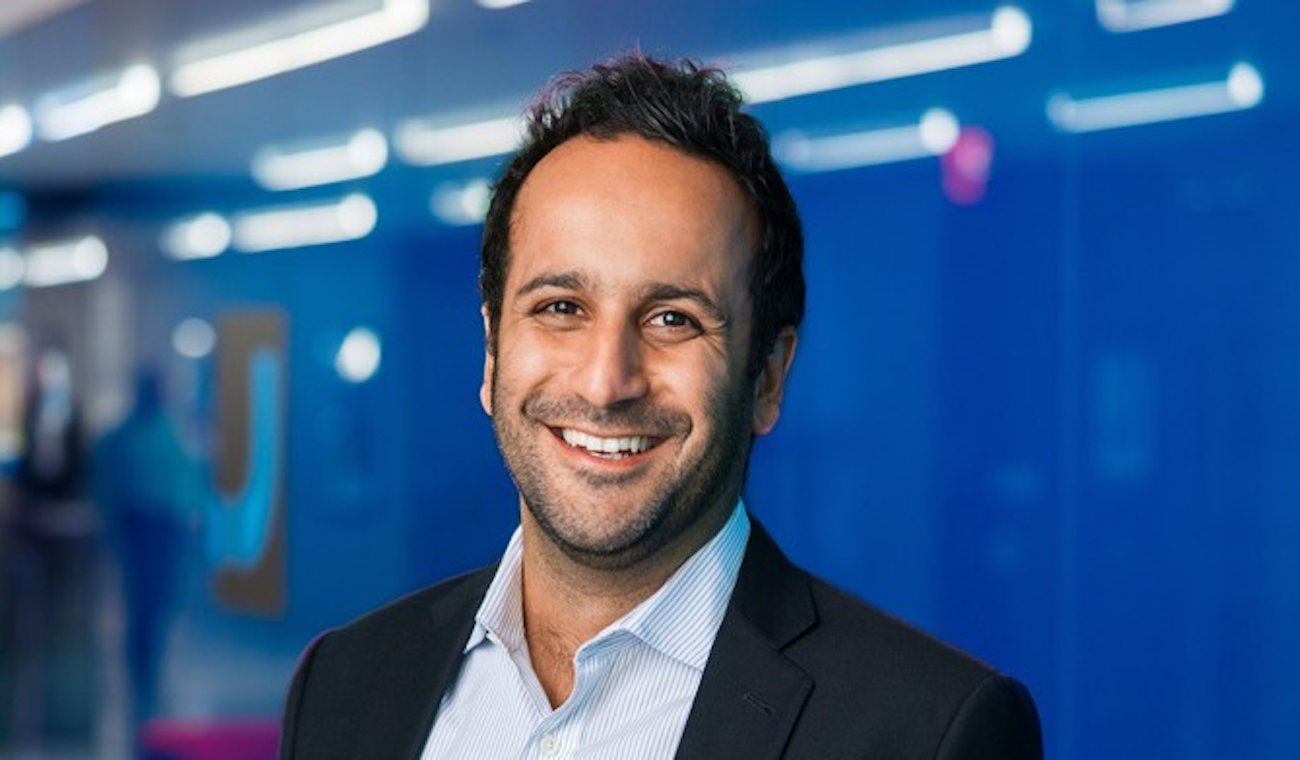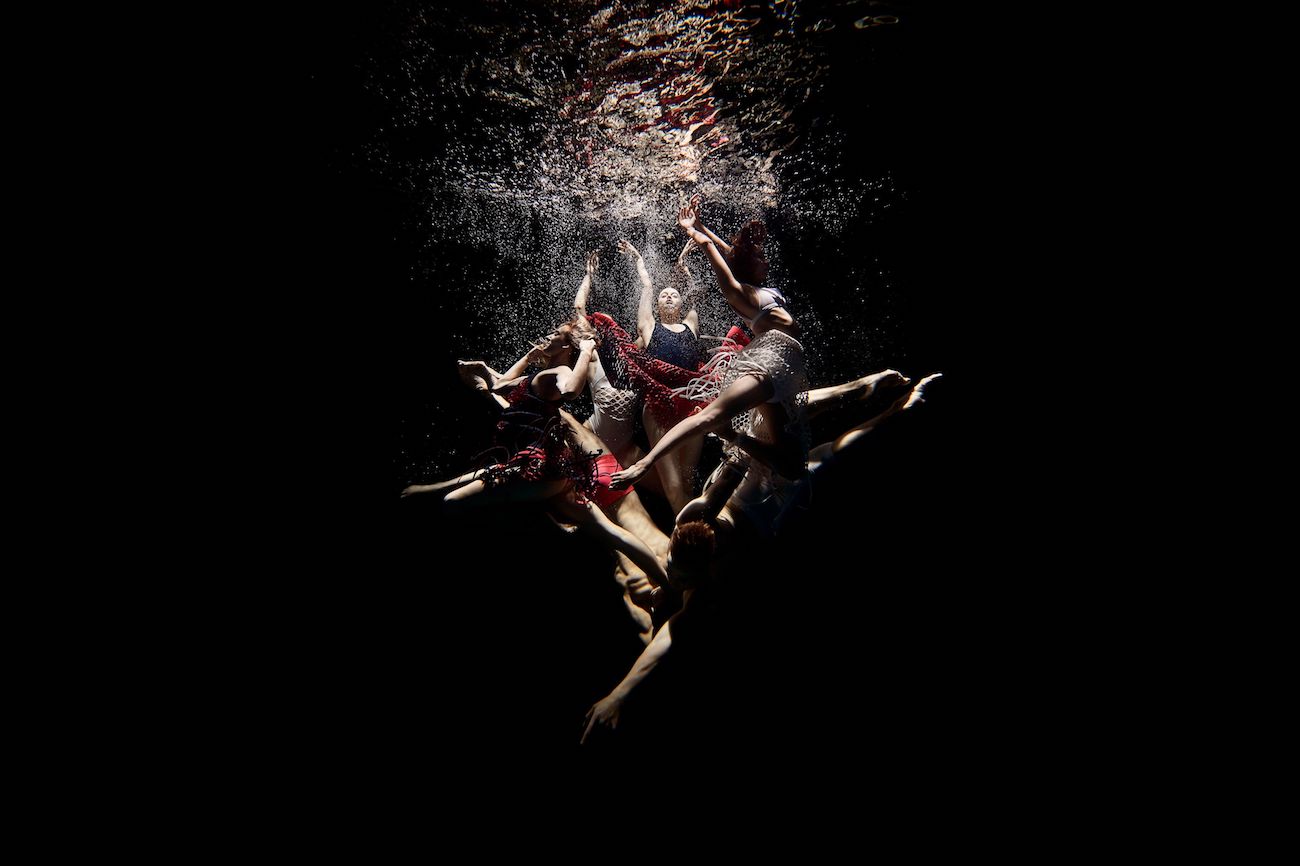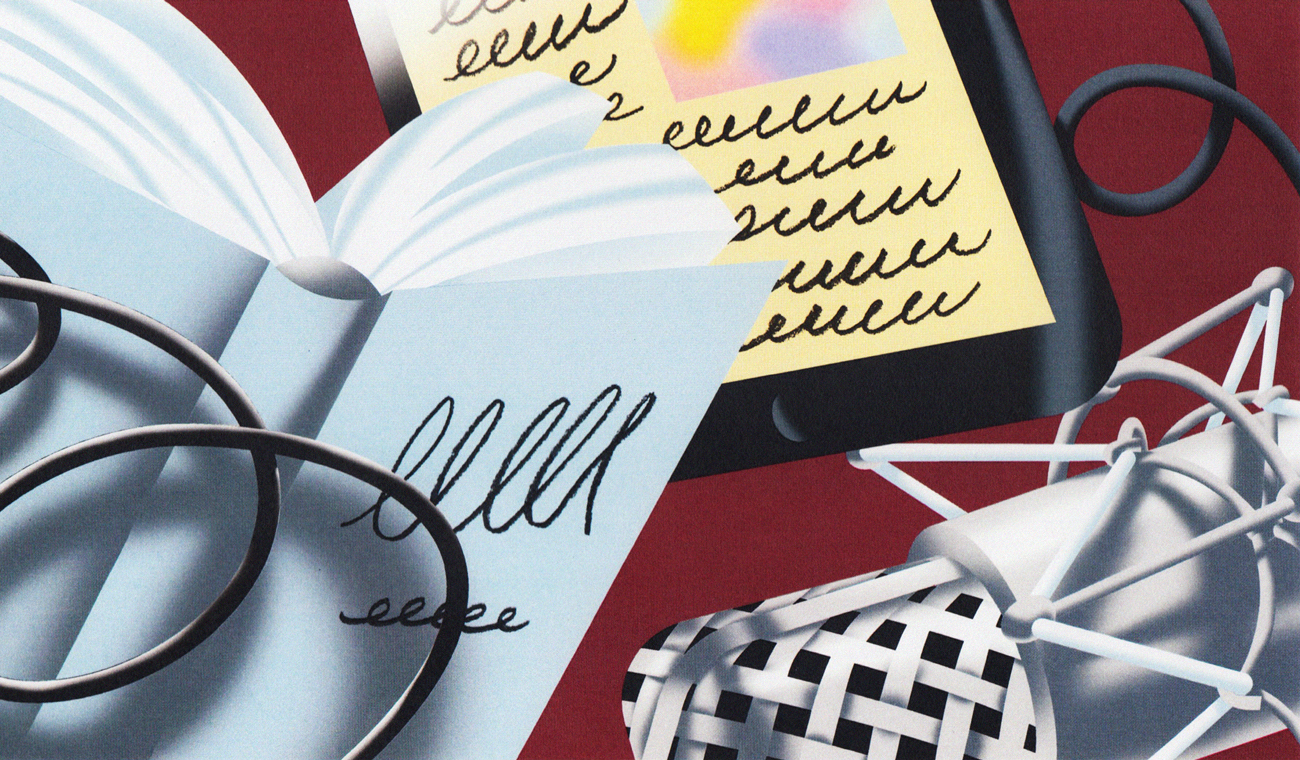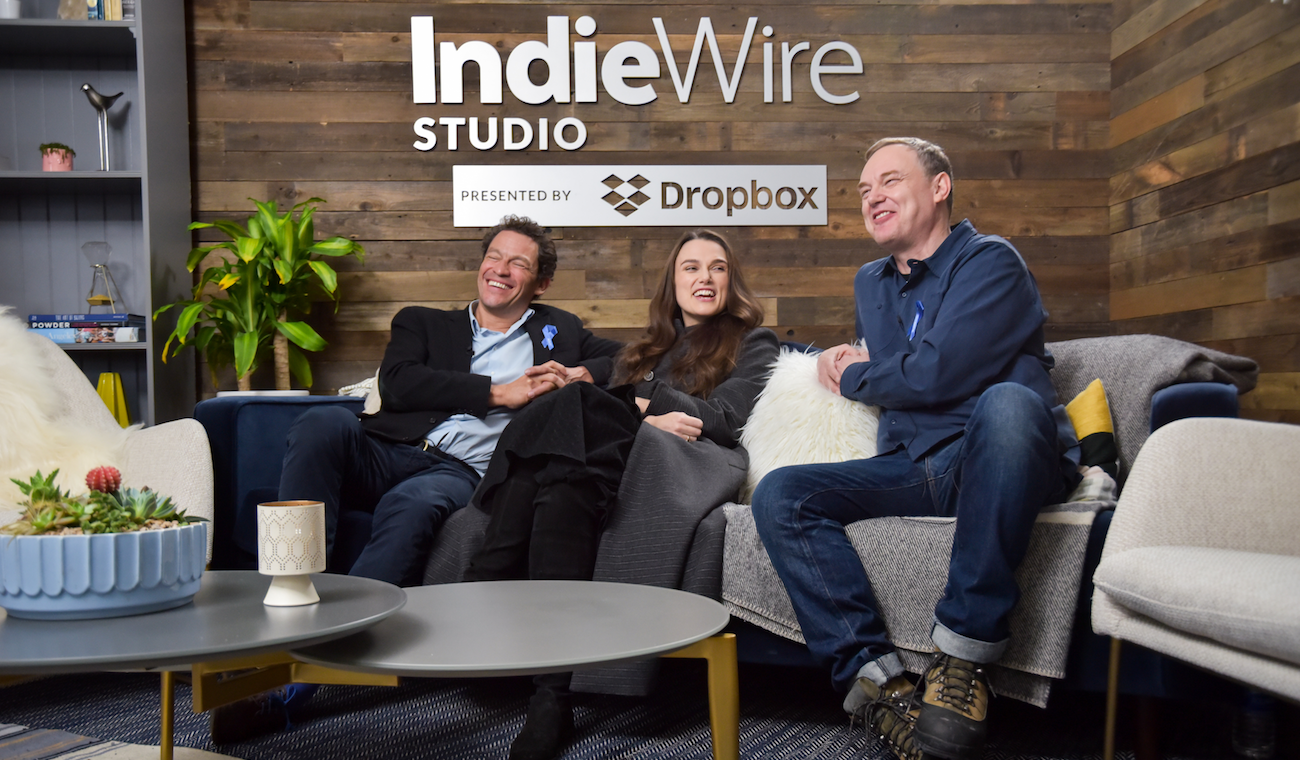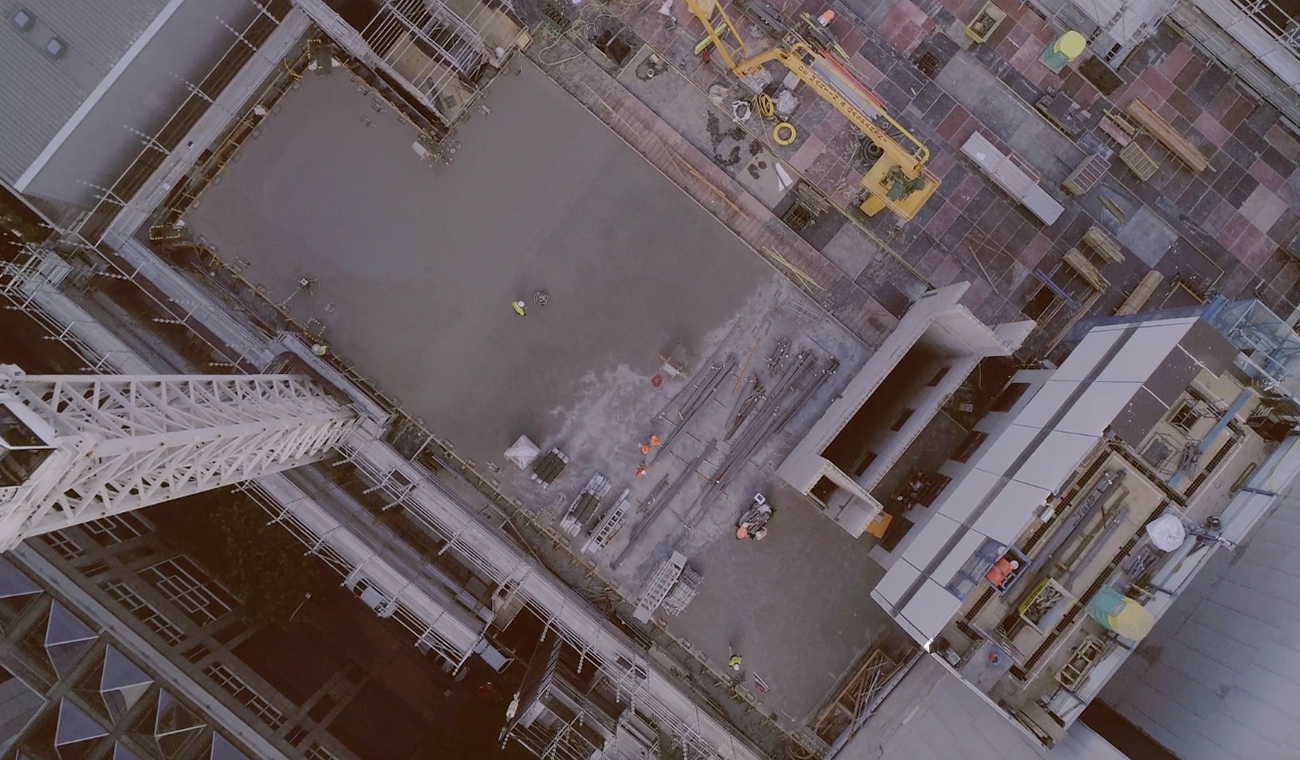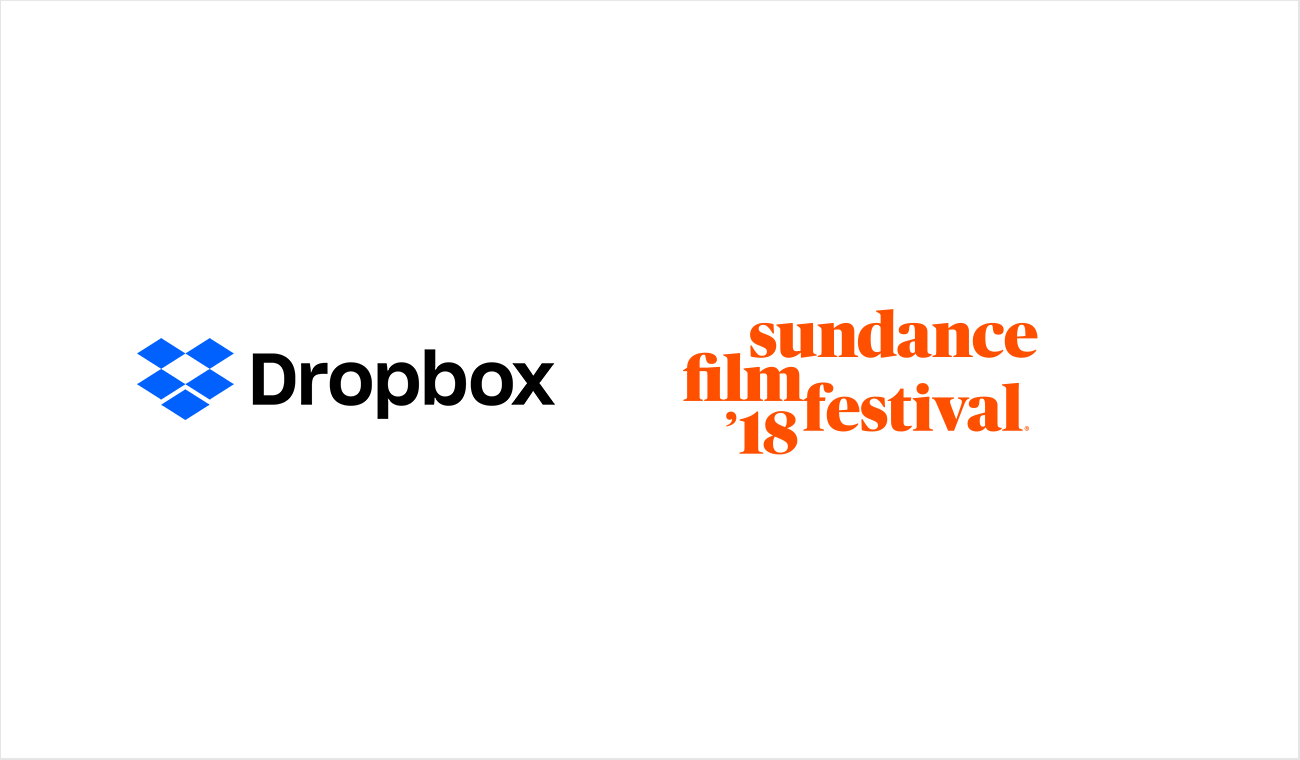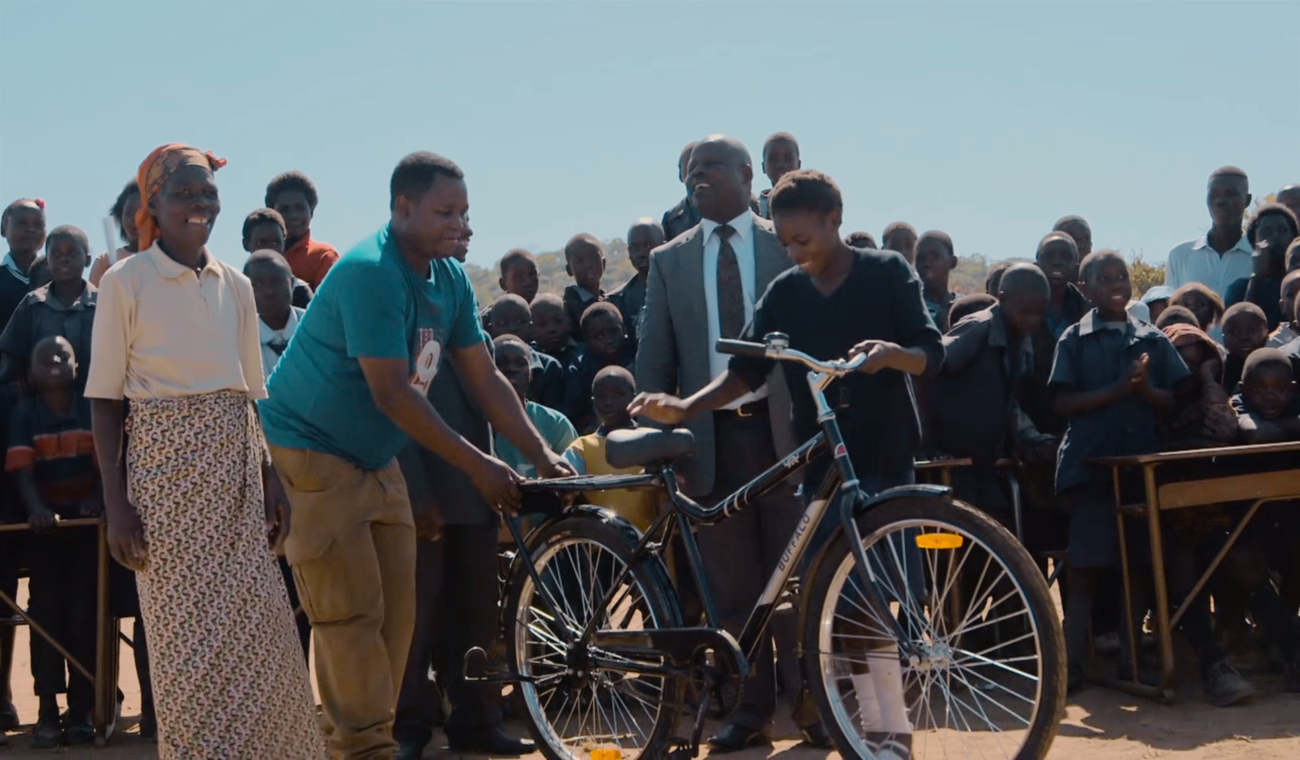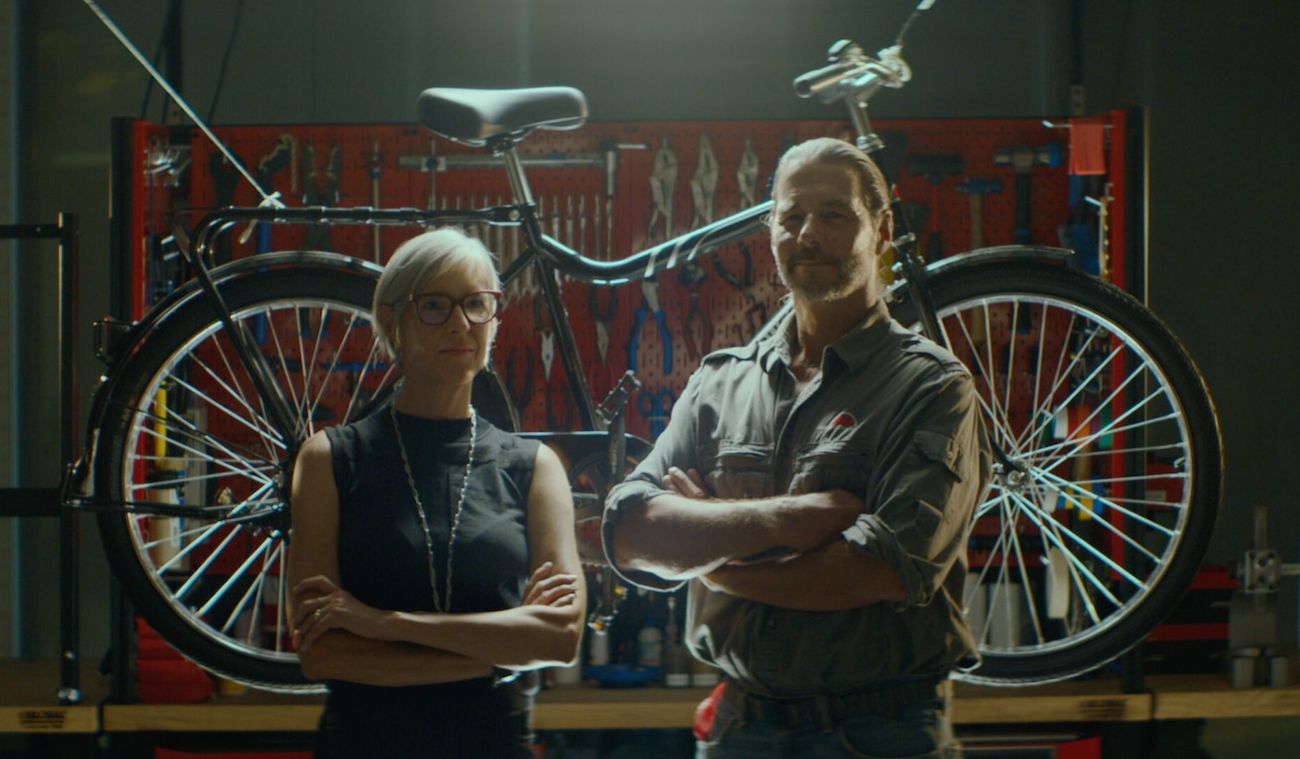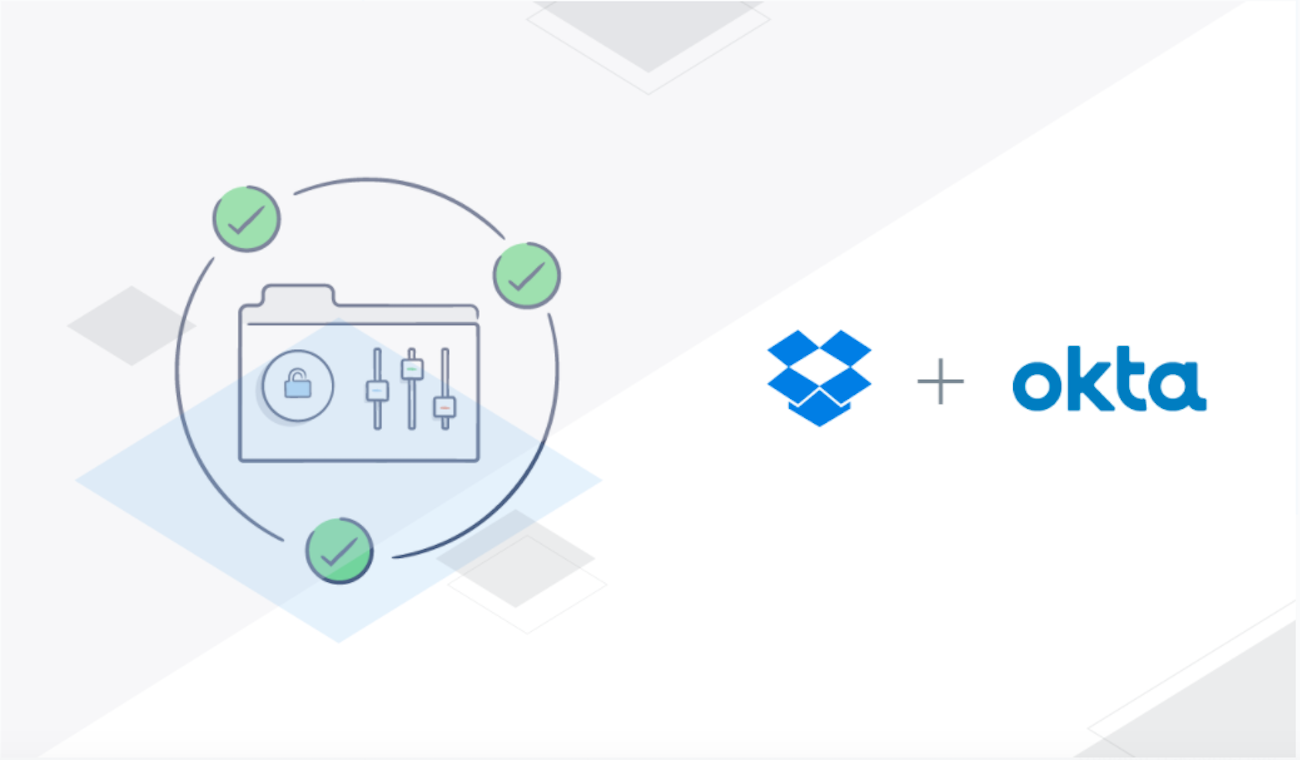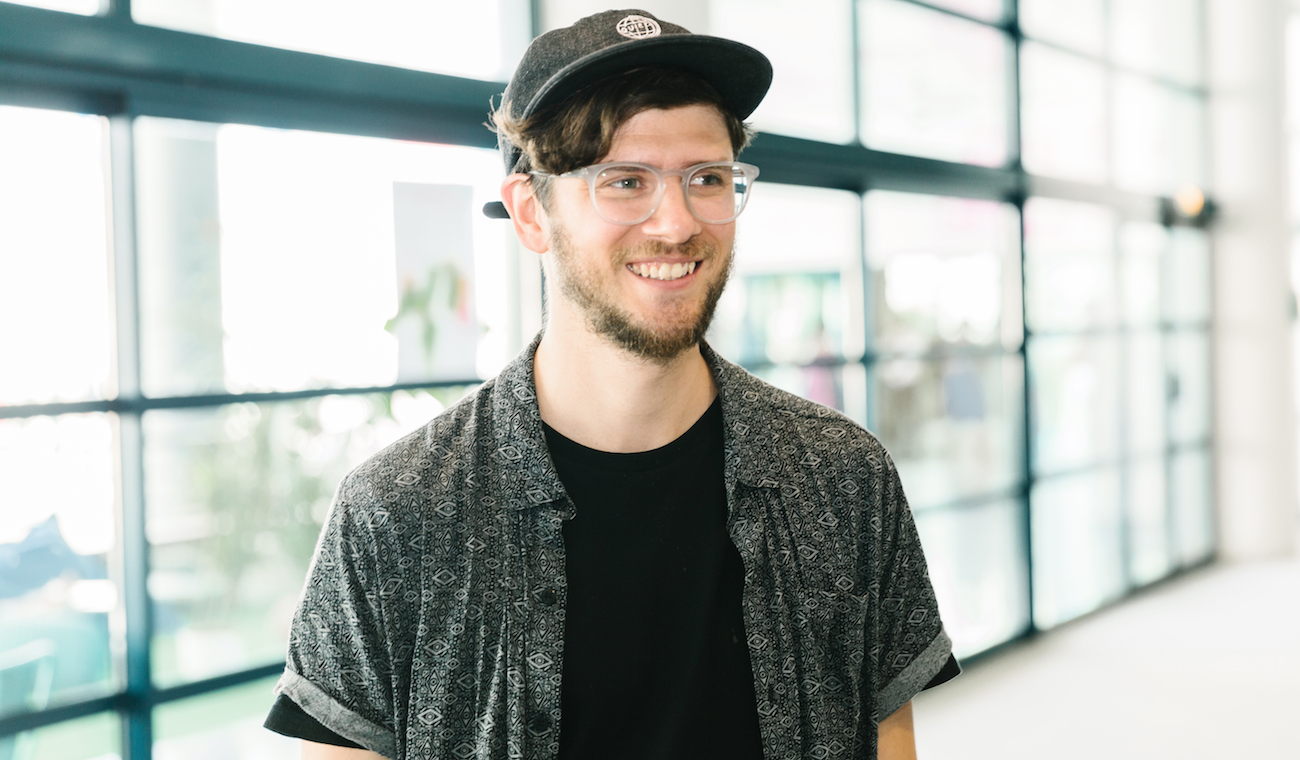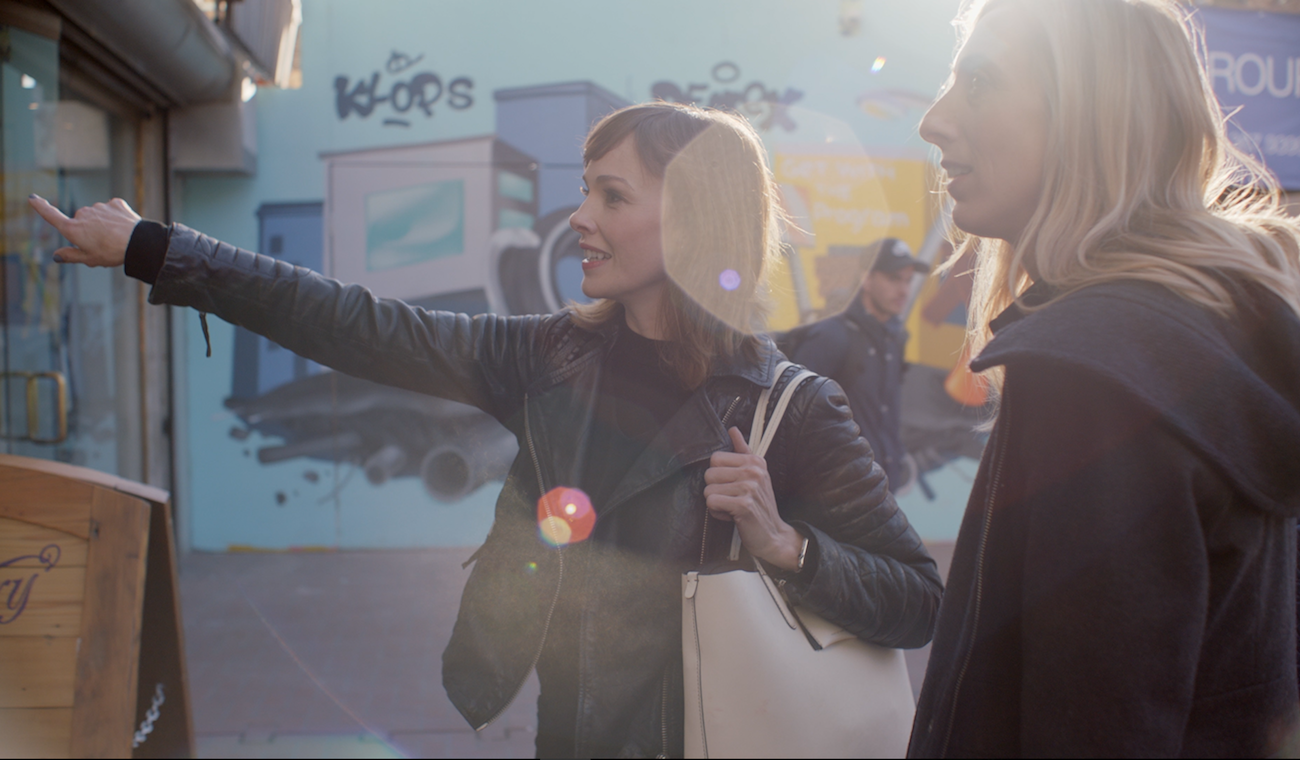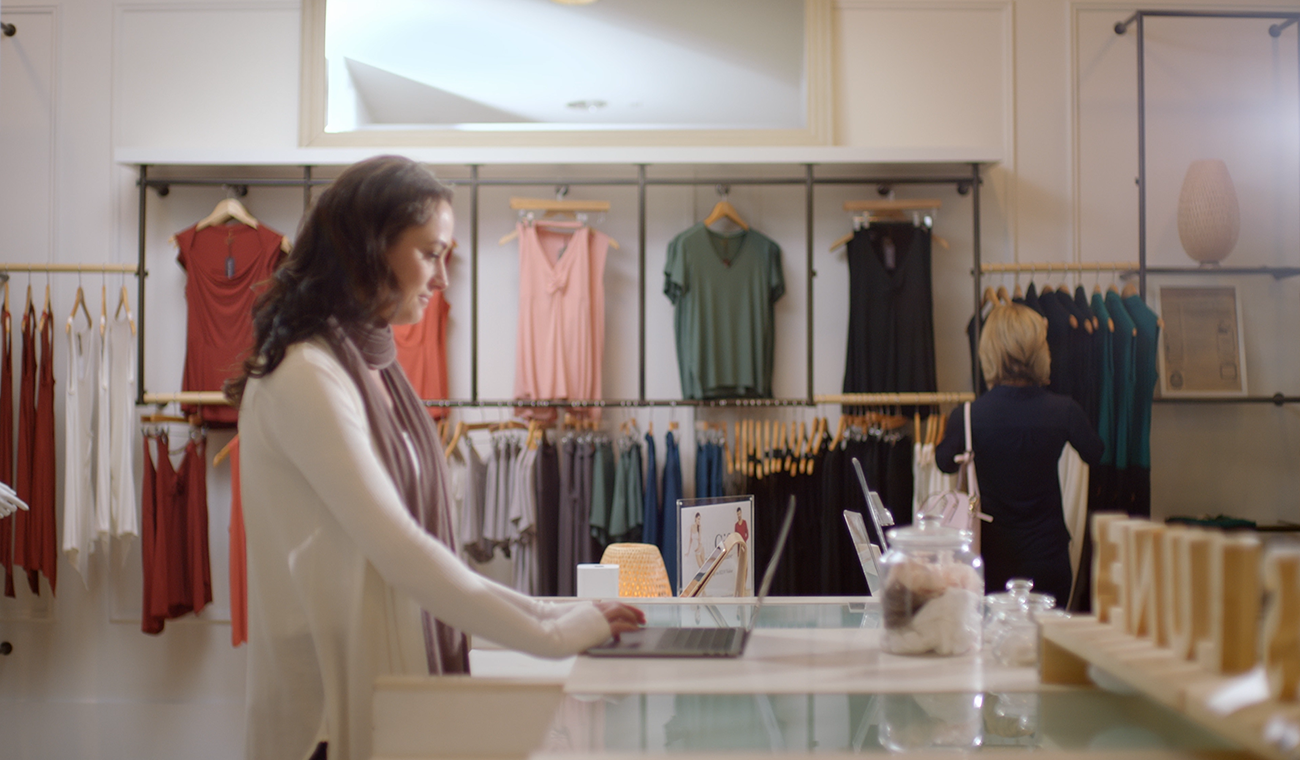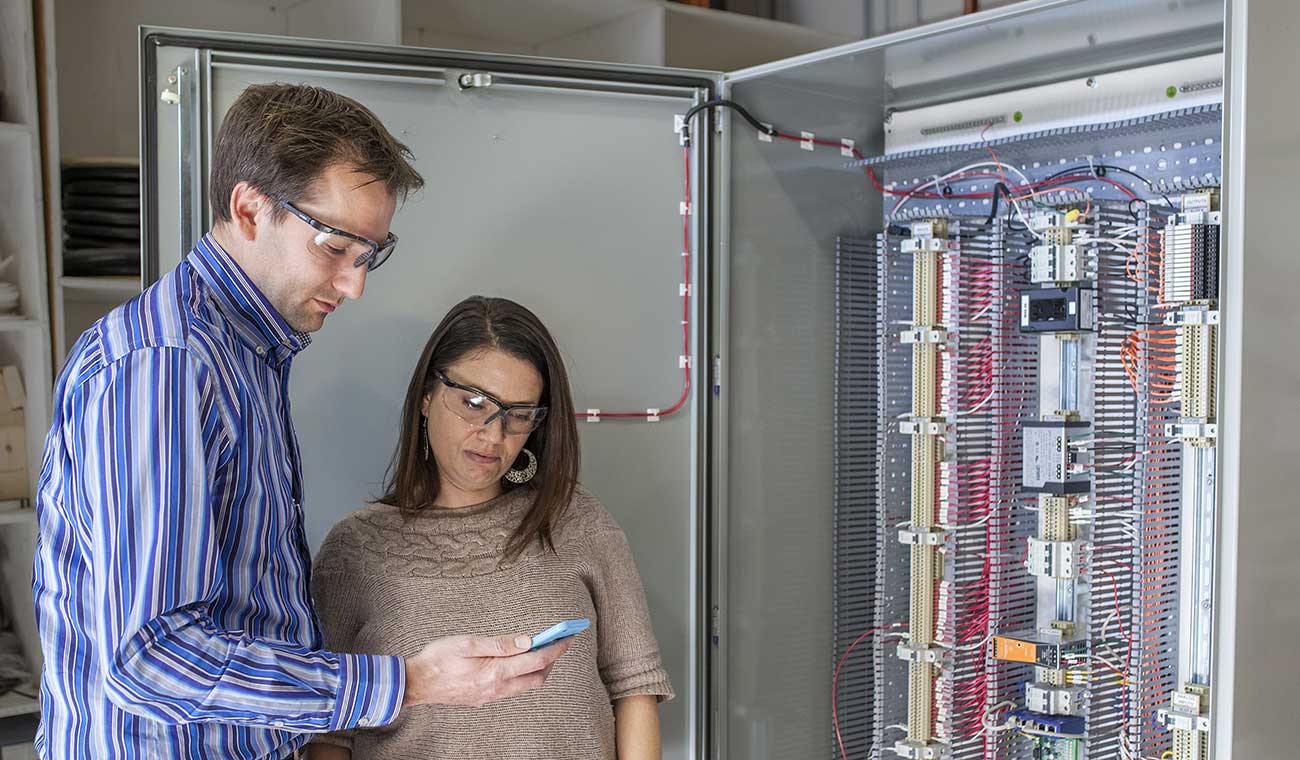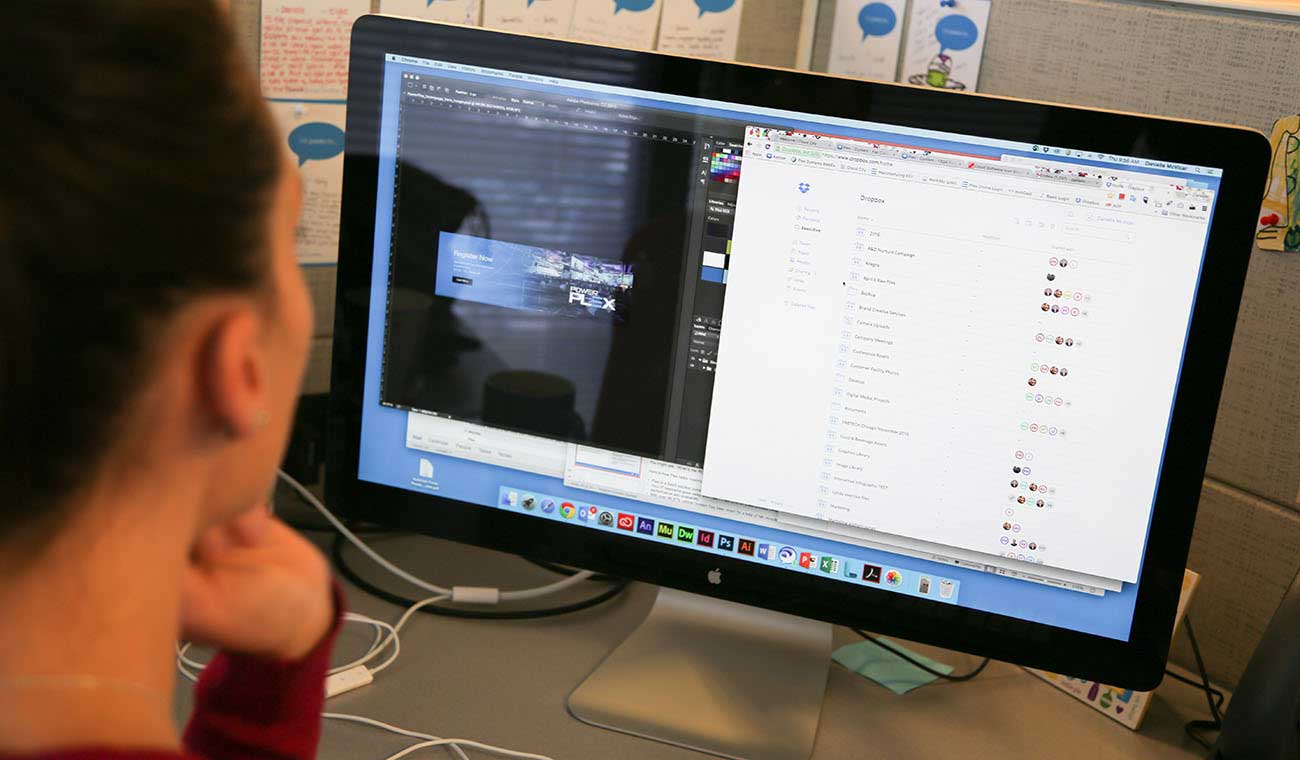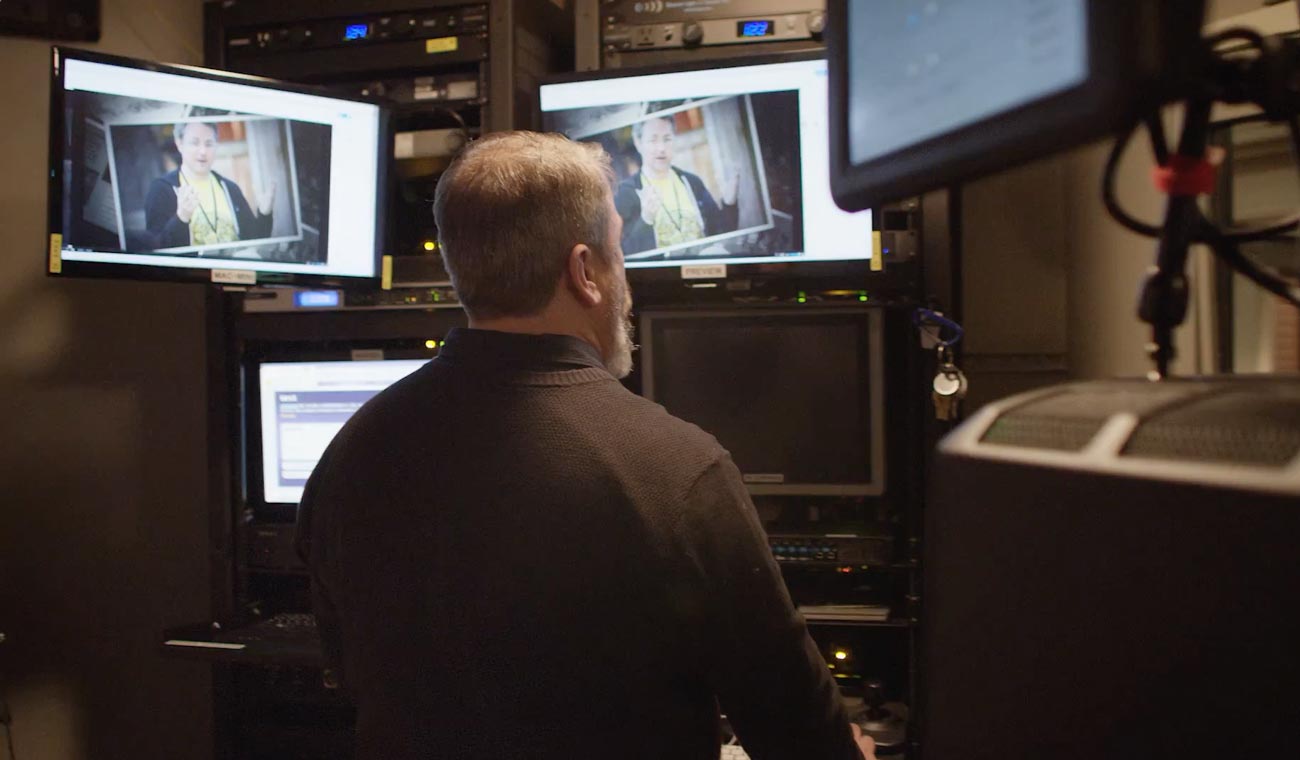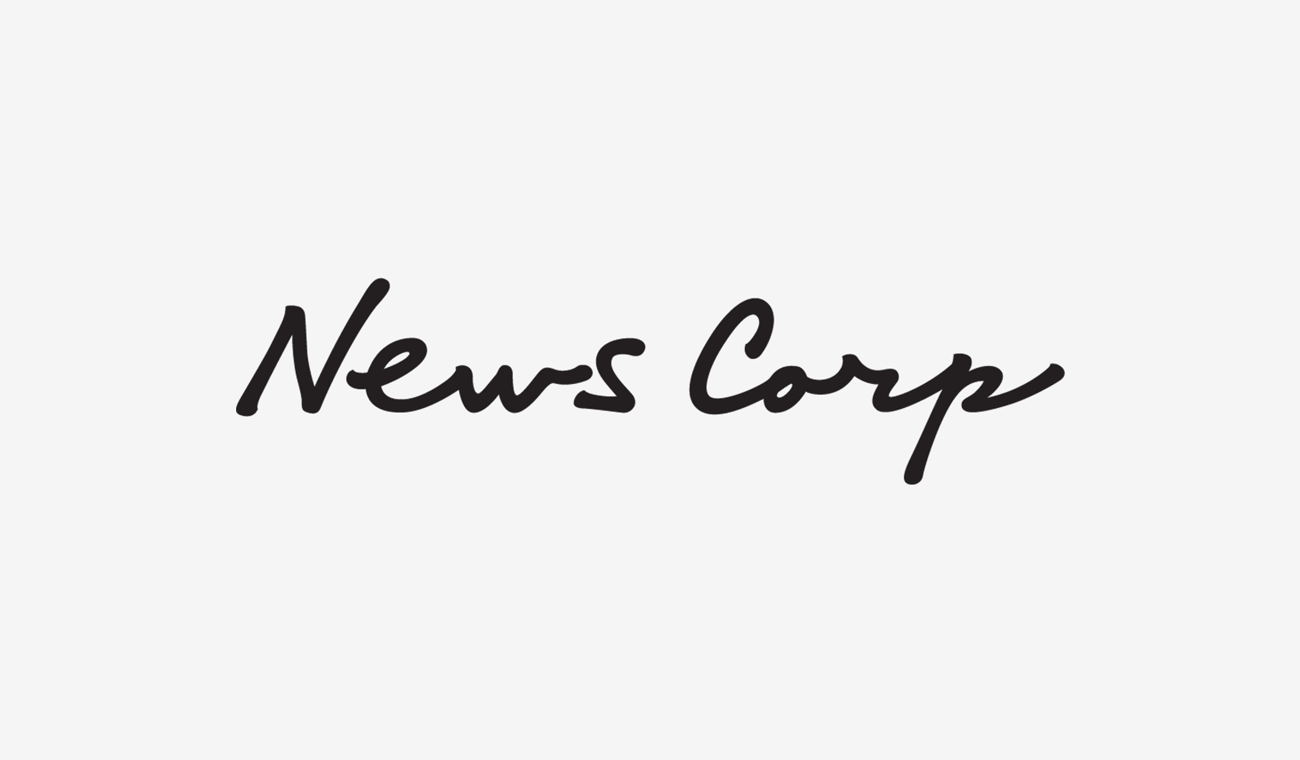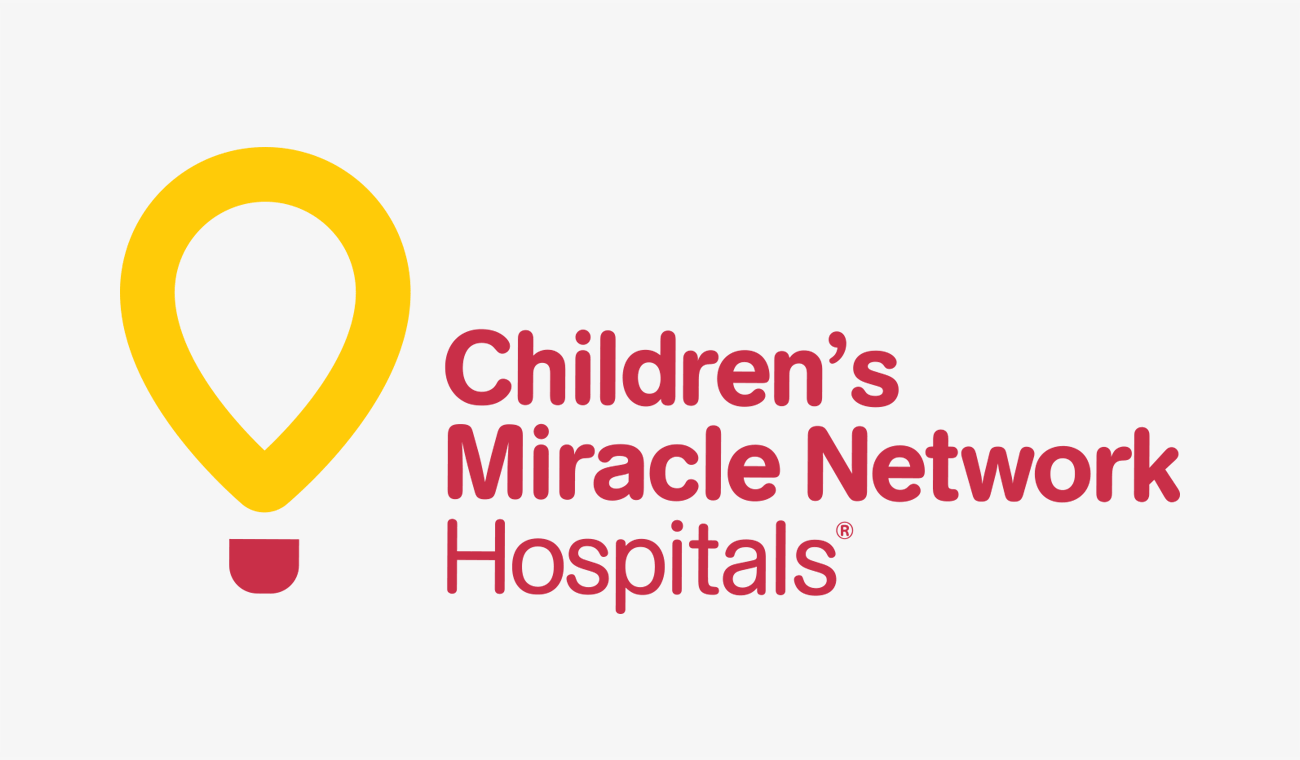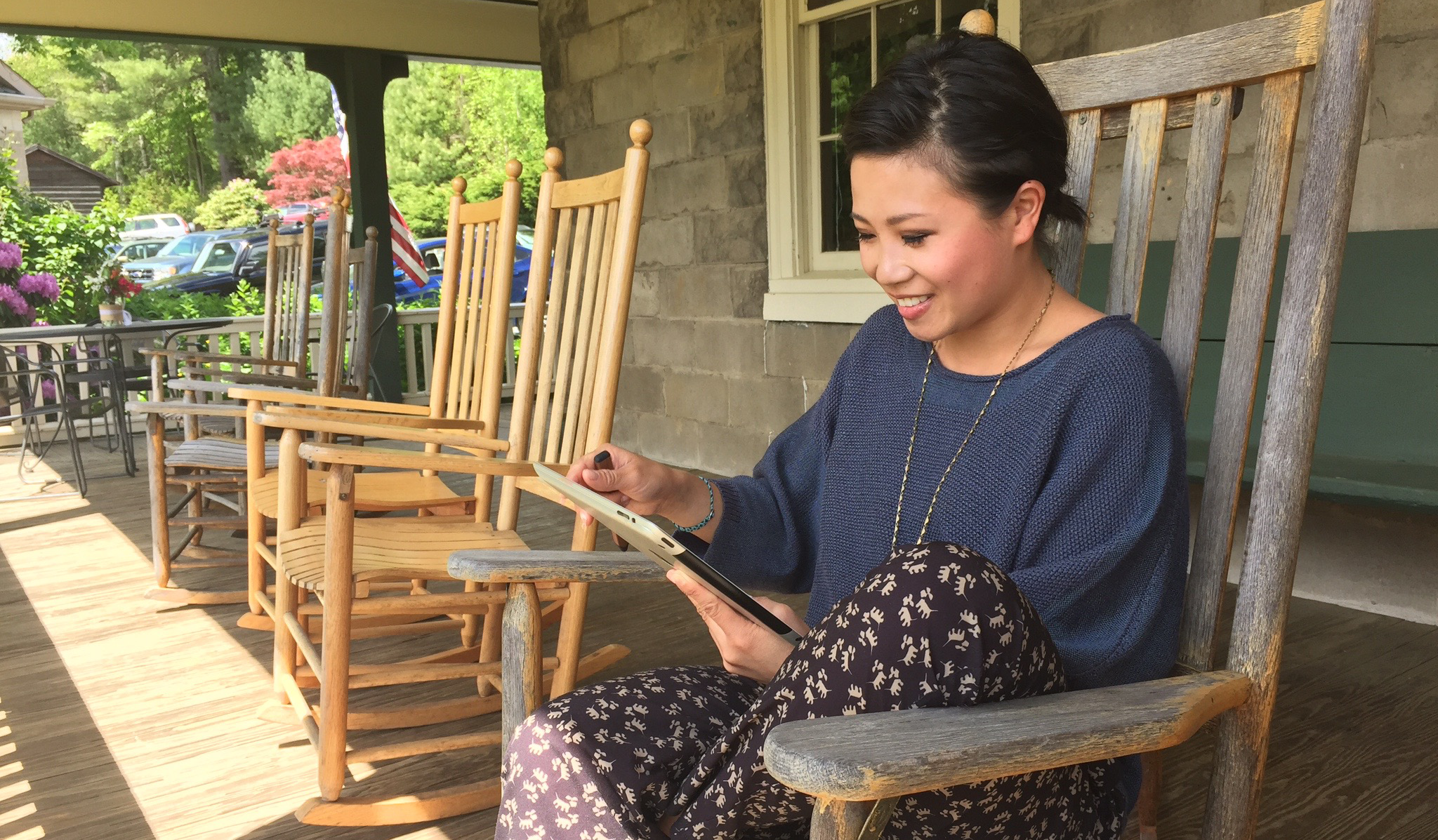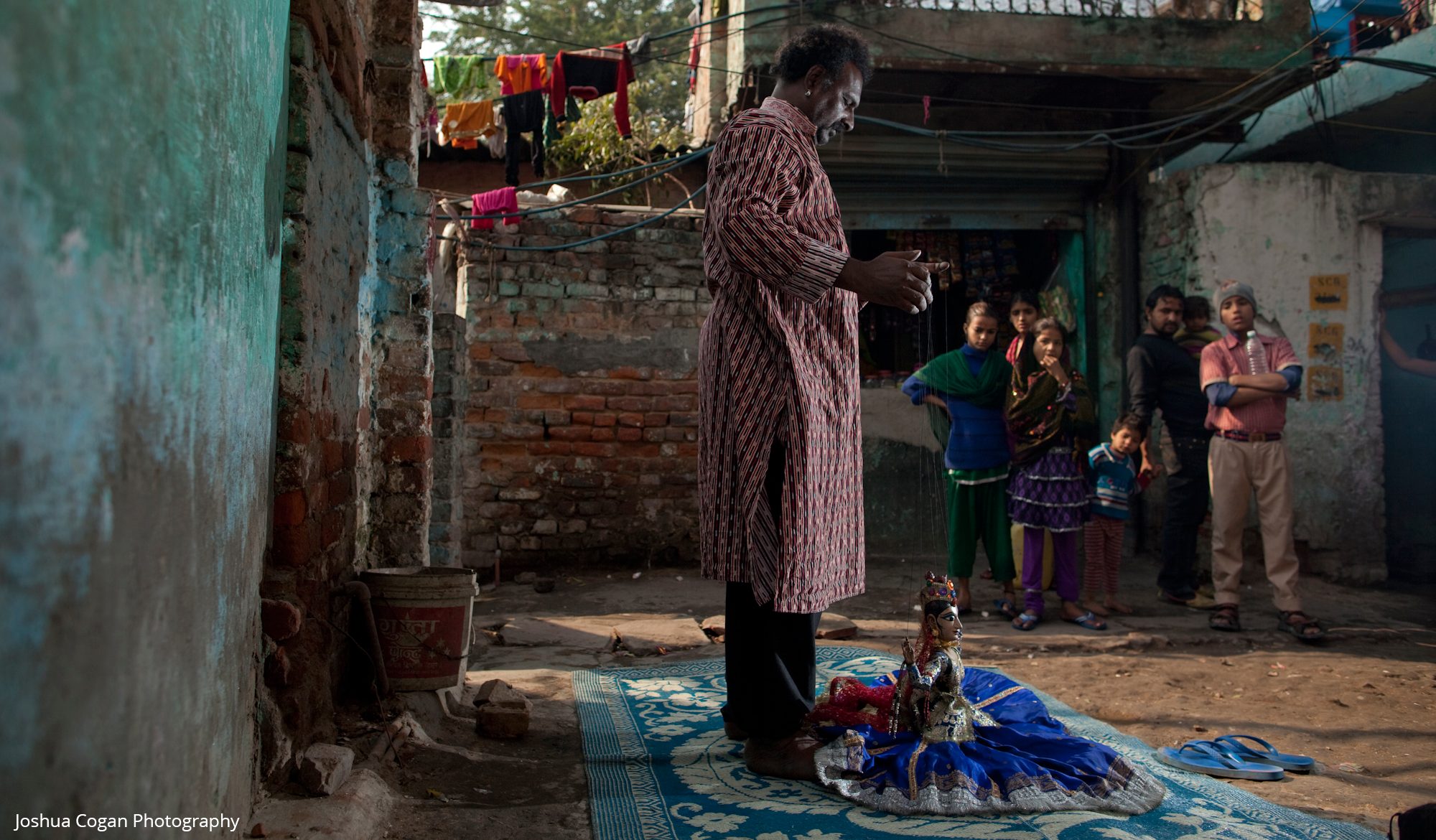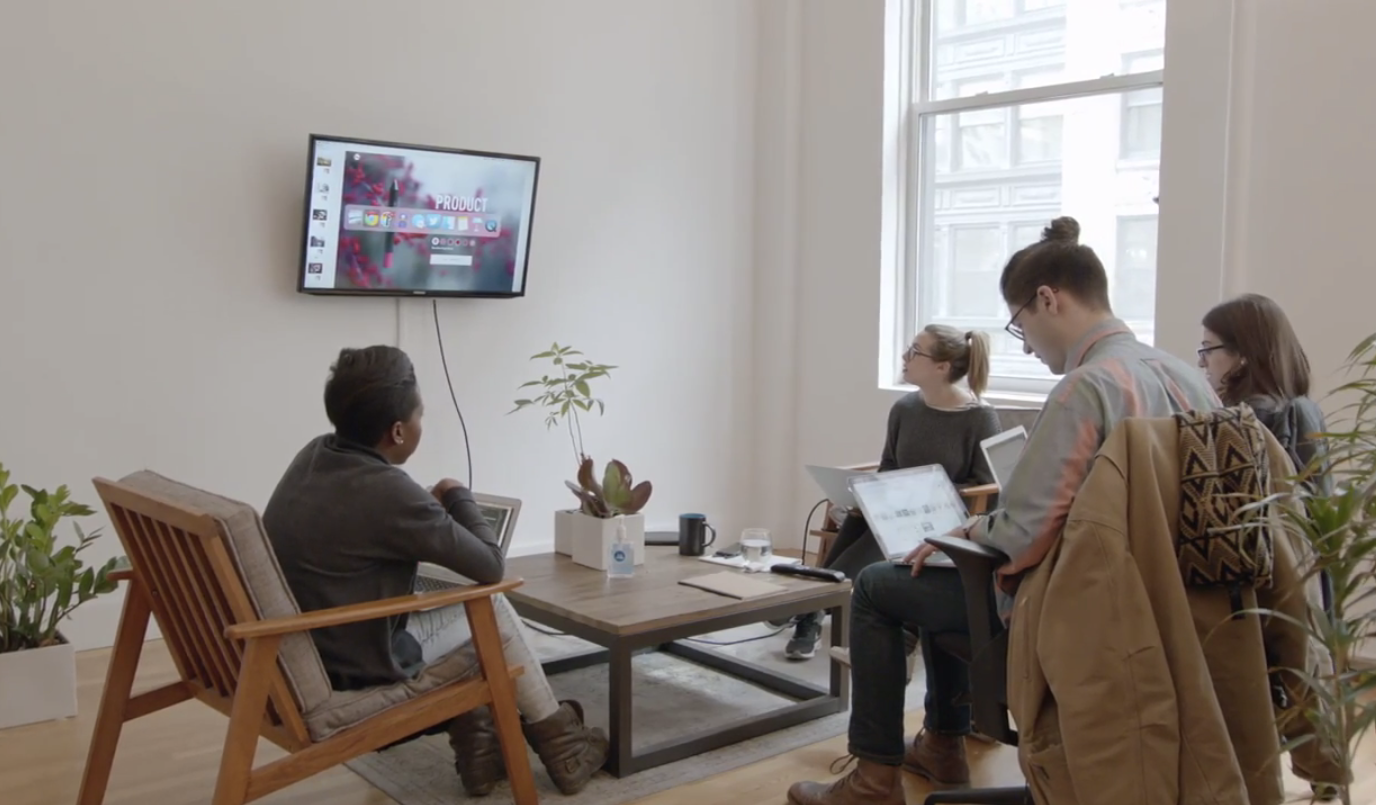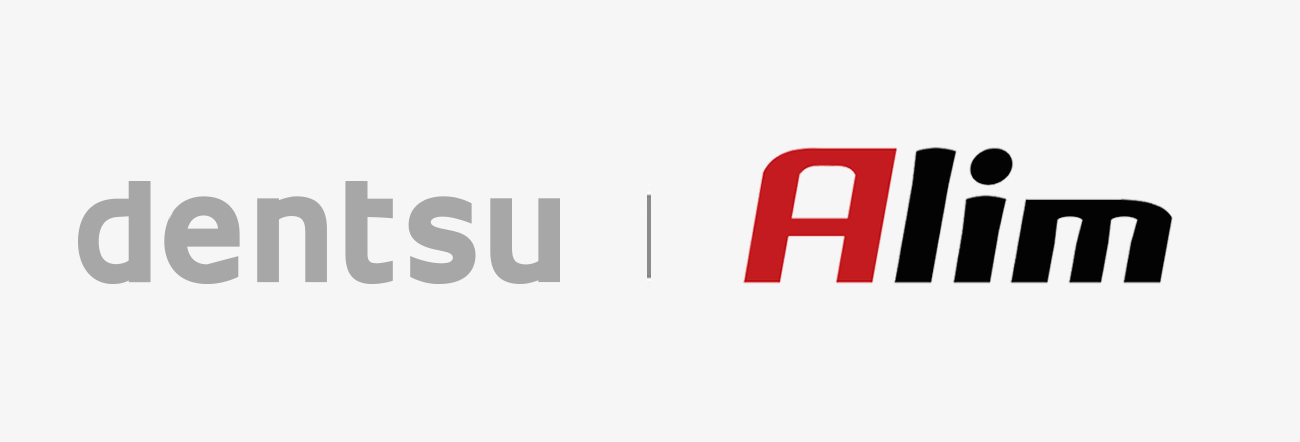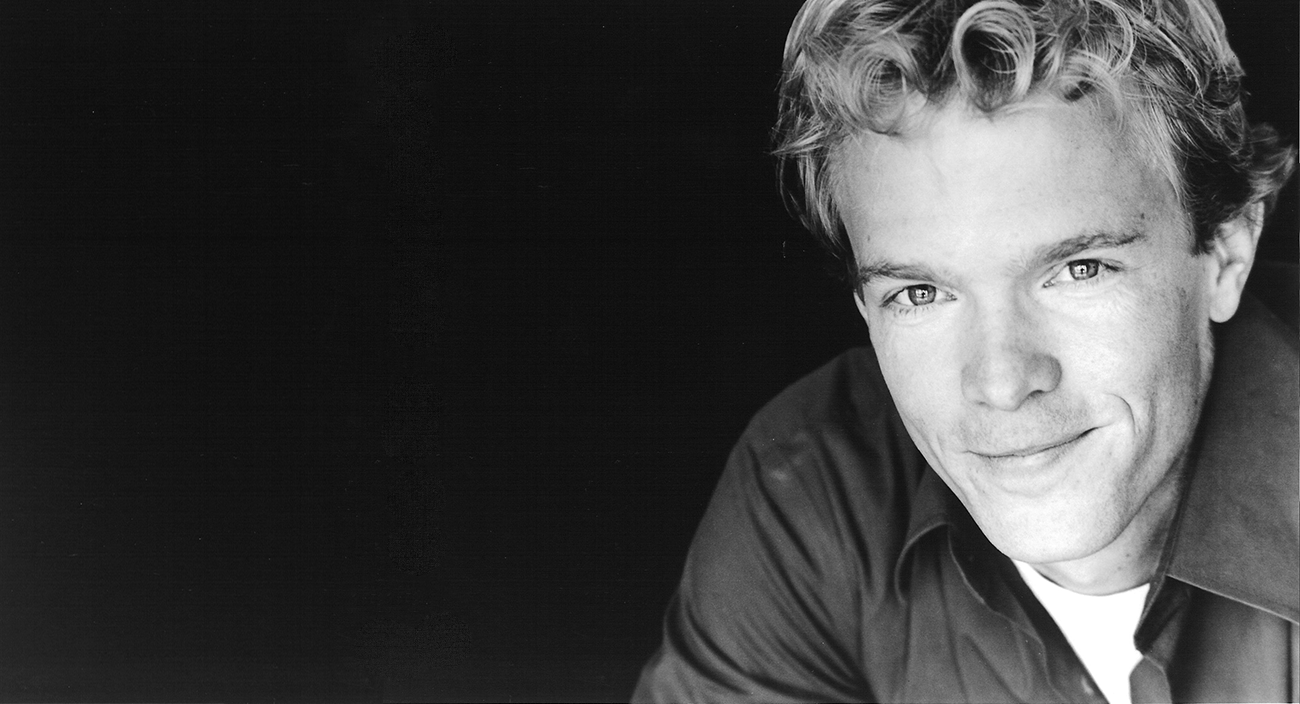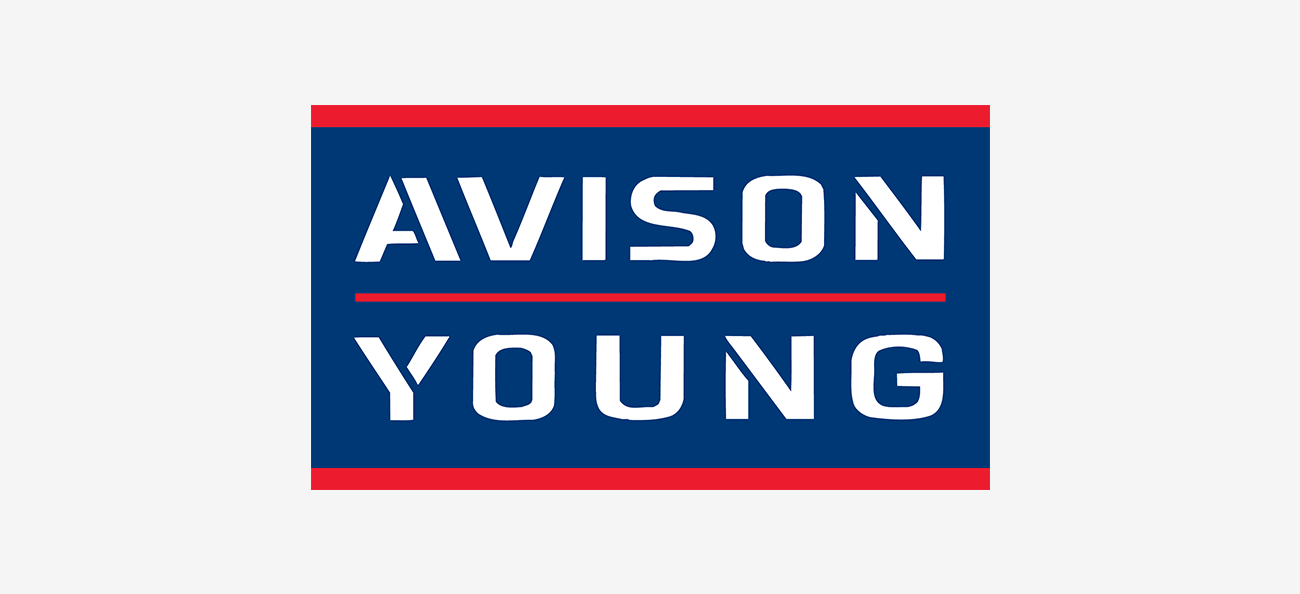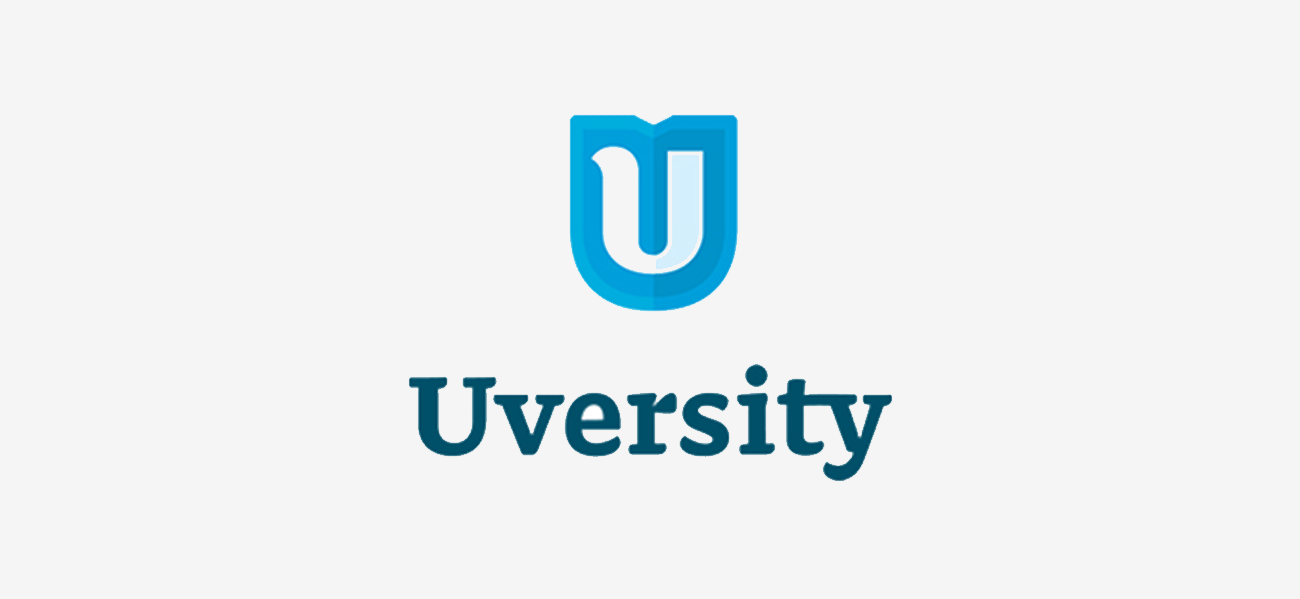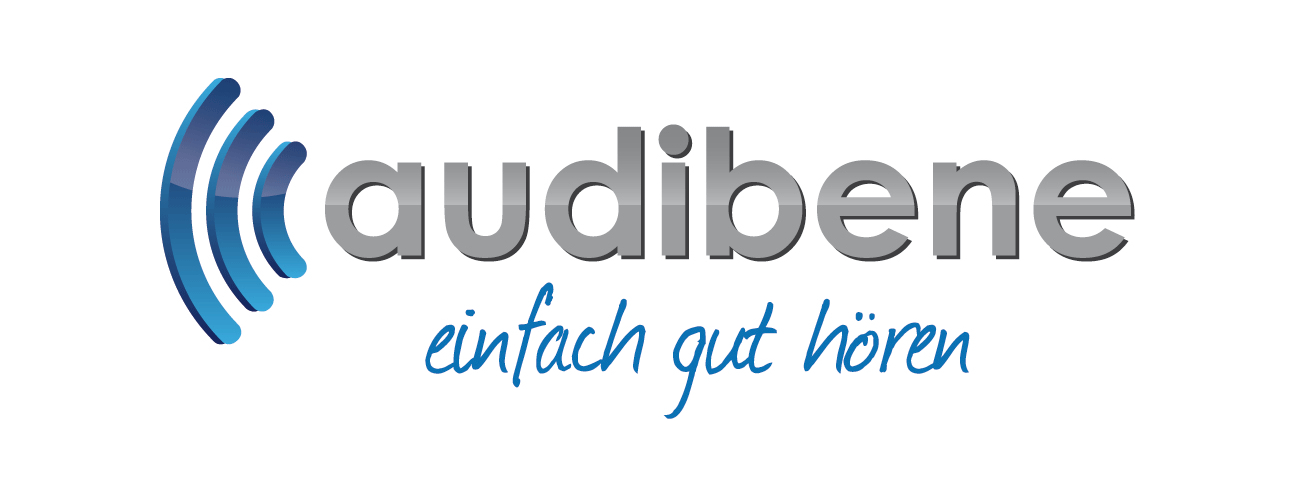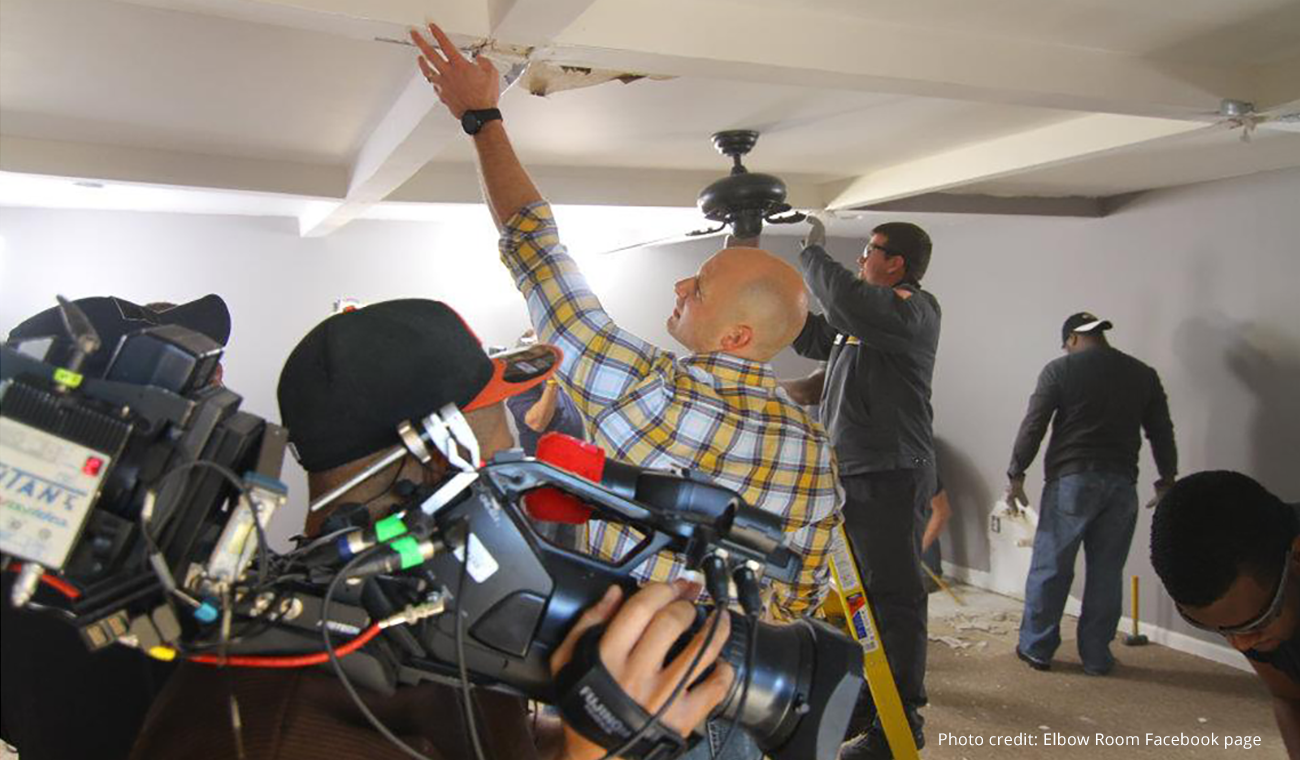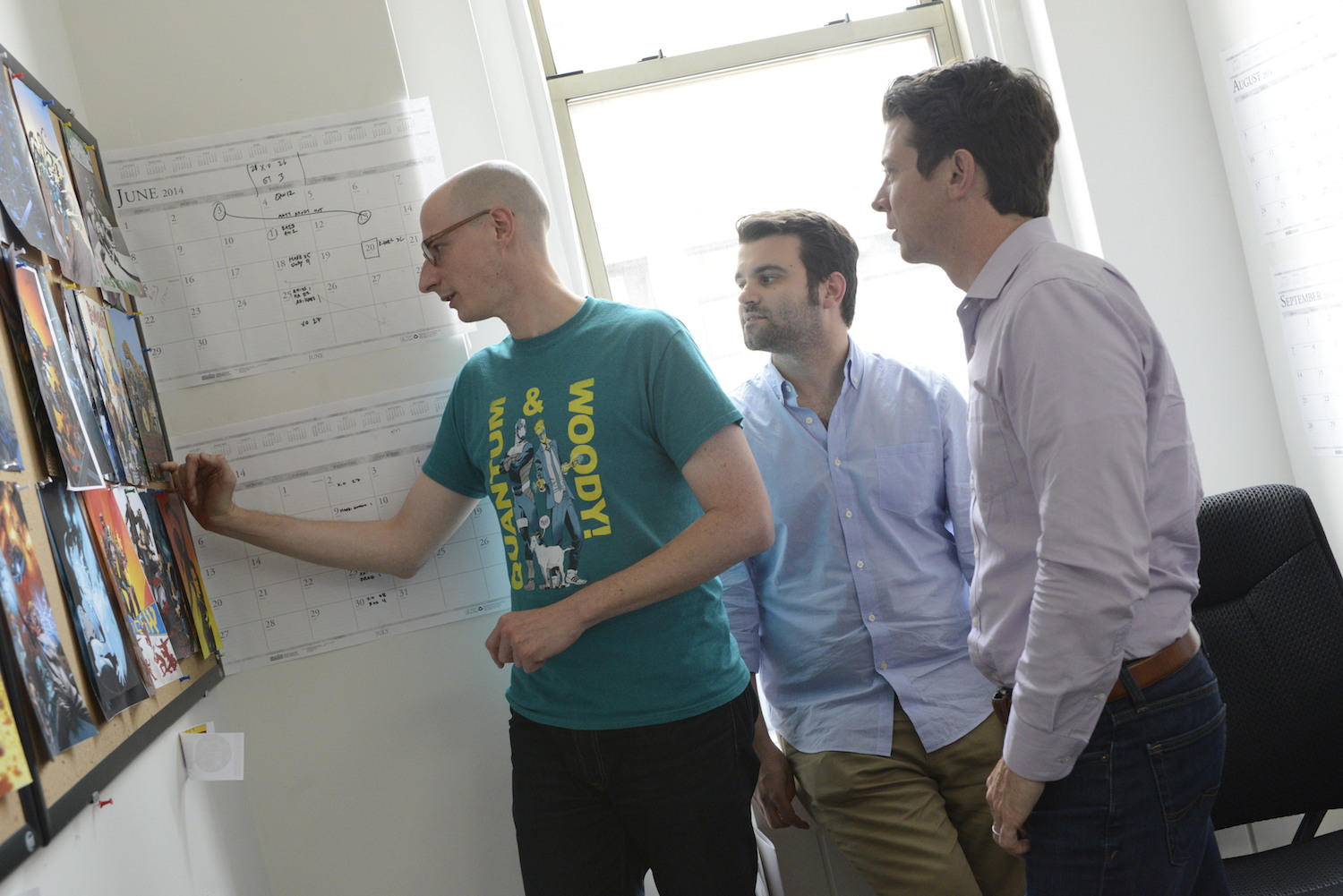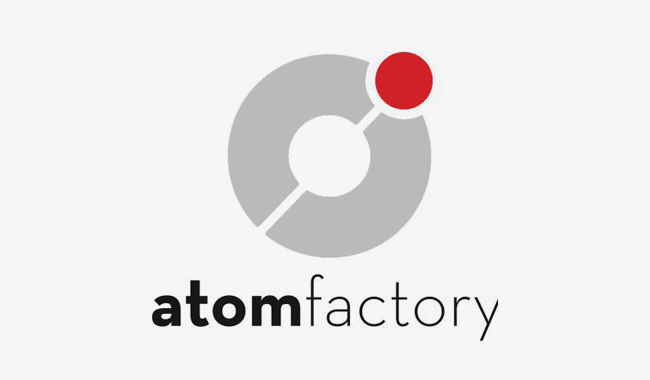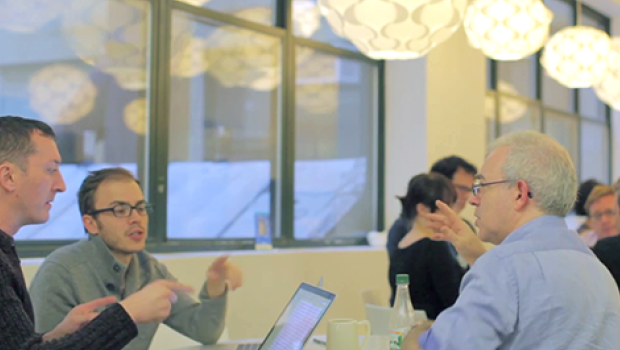Gestura designs kitchen tools that won't end up in your junk drawer. The founder relies on Dropbox Dash to keep everything straight.
Chefs and cooks tend to be an obsessive sort, from their approach to pairing flavors down to how they plate a dish. But their preoccupations can go beyond the art of cooking.
Take Gabriel Rudolph for example. As a former cook in a Michelin-starred restaurant, he is now focused on equipping professional chefs and cooking enthusiasts alike with top-notch kitchen tools through his company Gestura.
However, Gestura’s utensils aren’t the kind you’d find in the aisles of big box or wholesale kitchen supply stores. They are “tools with character,” Rudolph explains. Made in Japan with Japanese steel on American presses, they’re the kind of tools that lead people to leave breathless Instagram comments like “*whiisssssstle* sexxxxaaaay” and “Oh wow 🔥🔥🔥“
Those are the kinds of reactions that come when a neglected audience finally feels seen.
“Cooking professionals didn't actually have anyone practicing design thinking for them or offering them many kinds of compelling tools,” he says. “My way of staying in the industry, while no longer cooking, was to make those people feel like someone was paying attention to them.”
In order to bring Gestura to those starved for beauty in utensil design, Rudolph uses Dropbox and Dropbox Dash’s universal search to stay organized and save time as he works with people across the world.
“I am by nature not an organized person,” Rudolph admits. “But organization is a way that I keep my cluttered mind clear. So [when] I came across Dash, I was like, This is perfect. This is totally made for potentially saving me time every day.”
“I don't have an assistant or a team or anything like that,” he continues. “So I consider the apps that I use like my little assistants, you know? So it's huge. [And] when I work with engineers or graphic designers, [Dropbox] is the place to go and collaborate. It was a common space for me to do really important work in the beginning of the business when I kind of had no idea what I was doing.”
A vision from the kitchen
Rudolph’s passion for food really took off in college. The native Los Angeleno spent late nights in his dorm room burning through old episodes of PBS’s Great Chefs of the World. Watching chefs craft dishes like orange chocolate cake and roasted rabbit, he was hooked.
After graduating, he moved to take an intense semester-long course at the San Francisco Cooking School. One day, Stuart Brioza, the James Beard award-winning chef and co-owner of The Progress, demonstrated how to make a vinaigrette with Fresno chiles and lime juice.
“I didn’t know you could make food taste like that,” Rudolph reflects. He asked Brioza if he could be an apprentice. At the time, The Progress was making a big push to get their first Michelin star. Rudolph rushed out of school to help the kitchen prep for dinner service, peering over shoulders and constantly asking questions. It was six months before he was allowed to cook a thing.
When he began preparing food, he noticed that many of the tools felt generic. So he got interested in searching for old cooking tools.
"I wanted to take all the features of the funny, quirky antique spoons I had, and merge them into a single object."
“They’re just made better than anything you could find today,” he explains, similar to how vintage clothes are of higher quality than modern fast fashion.
Soon Rudolph spent his days off browsing the bins at Cookin’, a high-end vintage cookware shop in San Francisco’s Lower Haight, and Bernal Cutlery, in the Mission. On trips home to Los Angeles, he searched for spoons at the Rose Bowl Flea Market. Eventually he started bringing some of his collection into work.
“I had this Ziploc bag full of these really funny old spoons or weirdly shaped whisks,” Rudolph recalls. “My colleagues thought I was pretty quirky when I’d have to make whipped cream, and I’d pull out this weird gadget from the 1800s.”
Quirks aside, his coworkers also saw the practicality behind Rudolph’s grab bag of vintage utensils.
“People came up to my station and asked to borrow some weird giant soup spoon, because it was perfect for pouring,” he says.
A pivot to design
Guided by a mentor’s advice, Rudolph enrolled at Southern California Institute of Architecture in Los Angeles in 2019. It was there that the idea for Gestura took root, his venture marrying his training as a chef, his obsession with fine cooking tools, and his education in design.
Gestura began in the early days of the pandemic as a love letter to the industry, down to its name, which is a play on the word gesture.
“Basting, stirring, mixing, pouring: They all lead up to the moment when a plate of food is placed in front of someone… These gestures are at the heart of cooking, so I wanted the name of my project to reflect that,” he says. “I wanted to make [chefs and cooks] feel like someone was paying attention and thinking of them.”
So it only made sense that the first item he set out to tackle would be the chef’s spoon.
“A spoon is an essential tool,” he explains. “I was always taught as a young cook that you should be able to do over 90% of the things that you have to do cooking with a spoon.”
He was inspired by the nearly 100 antique spoons he collected.
“I wanted to take all the features of the funny, quirky antique spoons I had, and merge them into a single object,” he recalls. “I was taking notes on all the cool things I liked about this French spoon, and the lip on this weird English spoon, and the bowl on this old American silver spoon. Can I mash all of those together and see what comes out?”
Rudolph created a shared Dropbox folder with hundreds of videos and images that reflected what he wanted Gestura’s utensils to look like.
“My favorite way to communicate ideas is with references,” he explains. “So it makes it really easy for me to share it with people.”
Rudolph eventually found a manufacturer in Germany, but the minimum order they’d do was 3,000 spoons.
“I had no idea what I was doing. I thought, It will take me a couple of years to sell these on the side and [it will] be a fun hobby,” he says. But to his complete surprise, the spoons took off “like a wildfire.” He sold all 3,000 within two months.
When Gestura sold through its initial orders and demand was starting to ramp up, the pandemic was starting to wane and the German manufacturer had bigger orders to fulfill. (Usually, manufacturers had minimum orders of 10,000 to 20,000 units.) It was time for Rudolph to move on—and he had his sights on Japan.
“From the beginning, I’ve treated the business like I was a chef. It’s obsession with your ingredients and details. And in my mind, Japanese manufacturing was always the top of the mountain,” he explains.

Thanks to Dropbox, the transition from one supplier to another was rather seamless. Rudolph already had the designs and prototypes on Dropbox, rather than hidden in email attachments.
Through working with translators in Japan, he came across a father-daughter team who have been helping him source materials for Gestura’s products. Eventually, Rudolph hopes to grow the company so it can be the all-in-one shop for chefs to buy their essential cooking tools: a spoon, tweezer, cake tester, and offset and fish spatulas.
More than just a dash of creativity
Gestura and Rudolph have come a long way since those early days where he had “no idea” what he was doing. Despite technically being his company’s only employee, he’s working constantly with his collaborators—and that creates a lot of digital clutter in the form of files, email threads, and more.
Rudolph uses Dash to keep track of all his files across those different work flows and conversations.
“The coolest thing about Dash is that I have a centralized place to look up files and file names instead of launching three different apps to try and figure out what exactly it is I’m looking for” he says.
Prior to Dash, Rudolph remembers spending a lot of time searching for files. Technical drawings don’t have the most descriptive names, so he spent “a ton of time” searching for files to send to collaborators.
“It’s an assistant who has your back and is more organized than you,” he says.
In addition to Dropbox Dash, Rudolph uses a pretty lean suite of other digital tools, including Adobe Creative Suite and Miro—an online whiteboard which he uses to collaboratively design prototypes. Files from Adobe and Miro end up being shared on Dropbox so he can keep his designers up to date.
With smart tech tools like Dash streamlining Gestura's operations, Rudolph has more time and energy to do what he's always wanted—follow his passions wherever they may lead.

.png/_jcr_content/renditions/hero_square%20(2).webp)

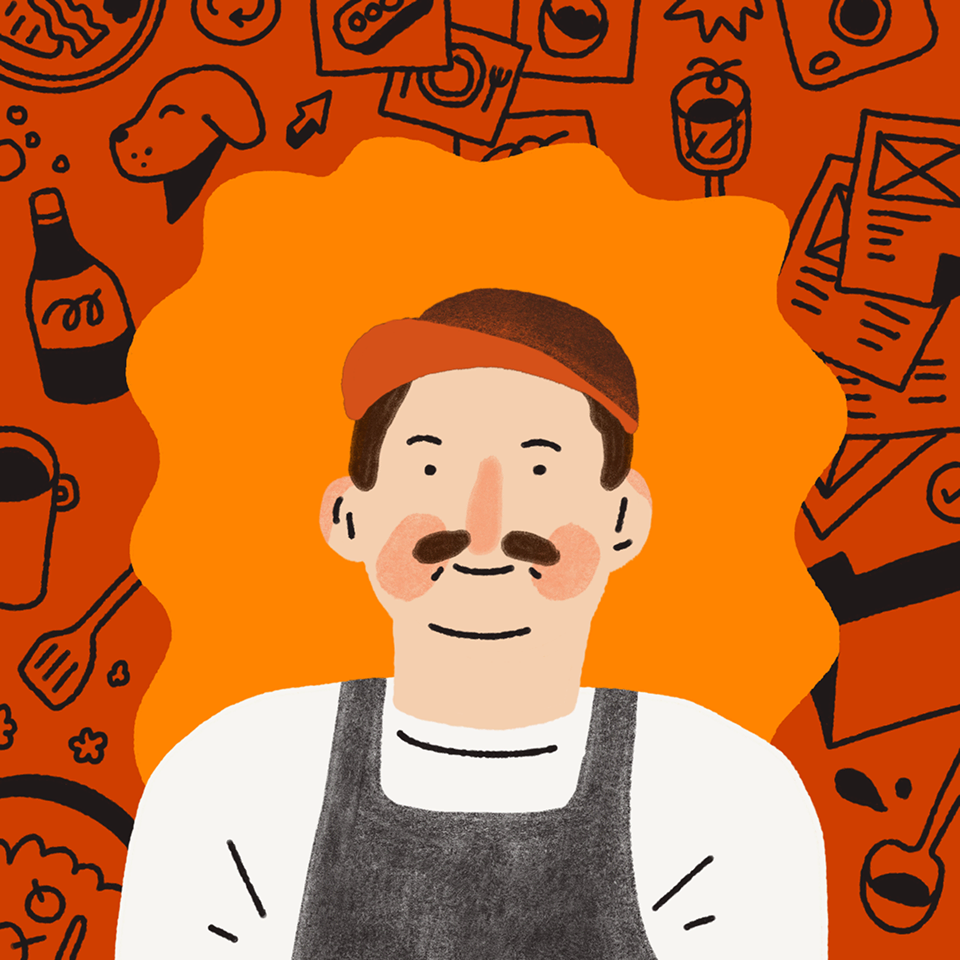





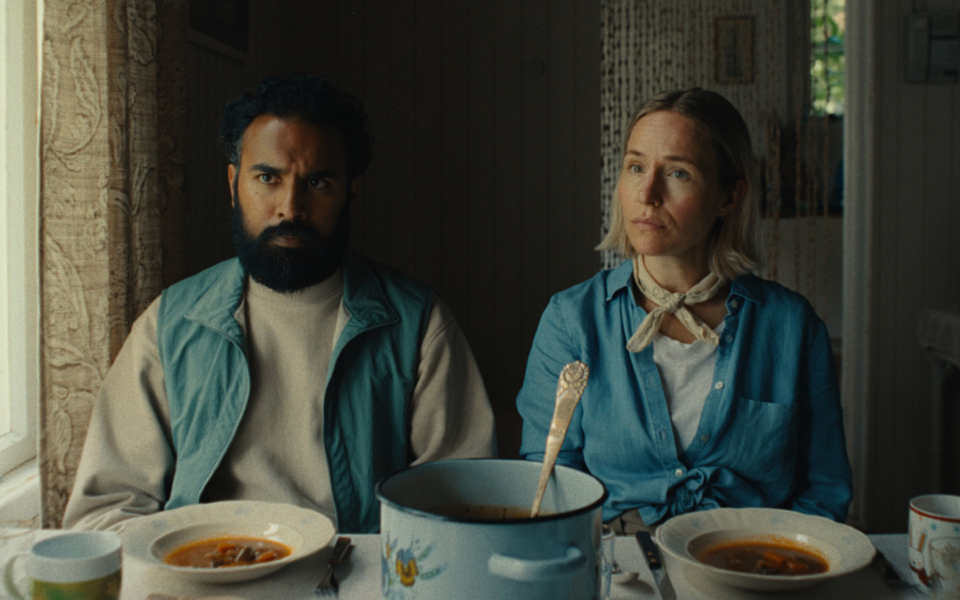
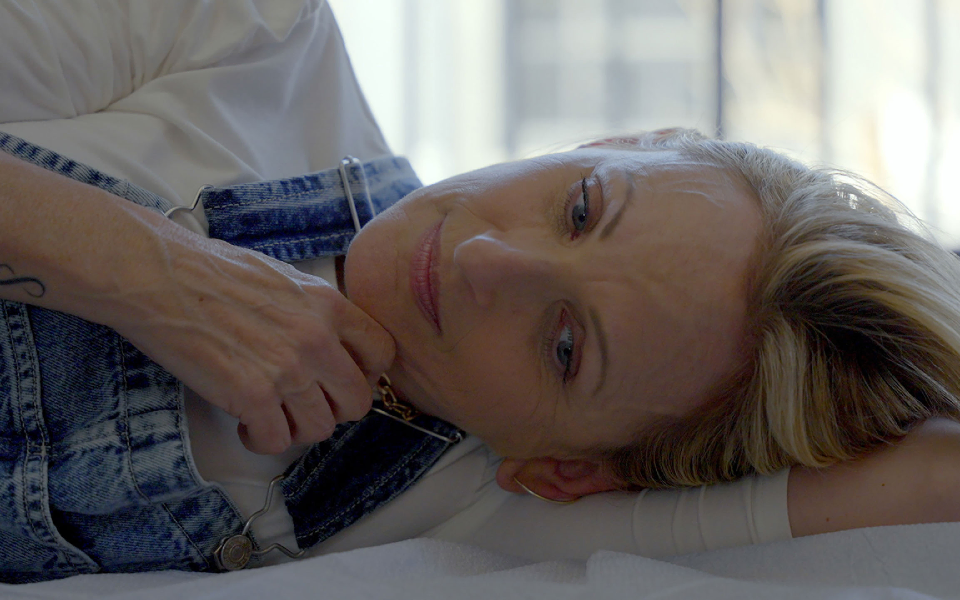




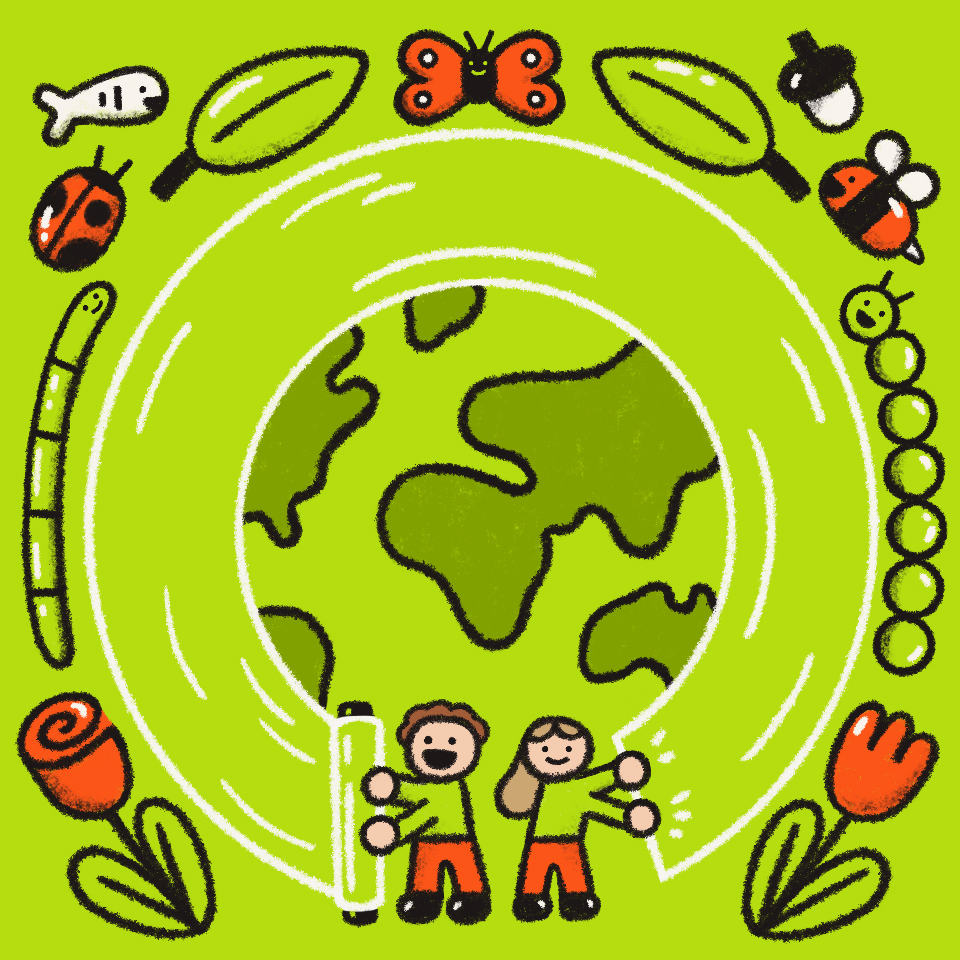
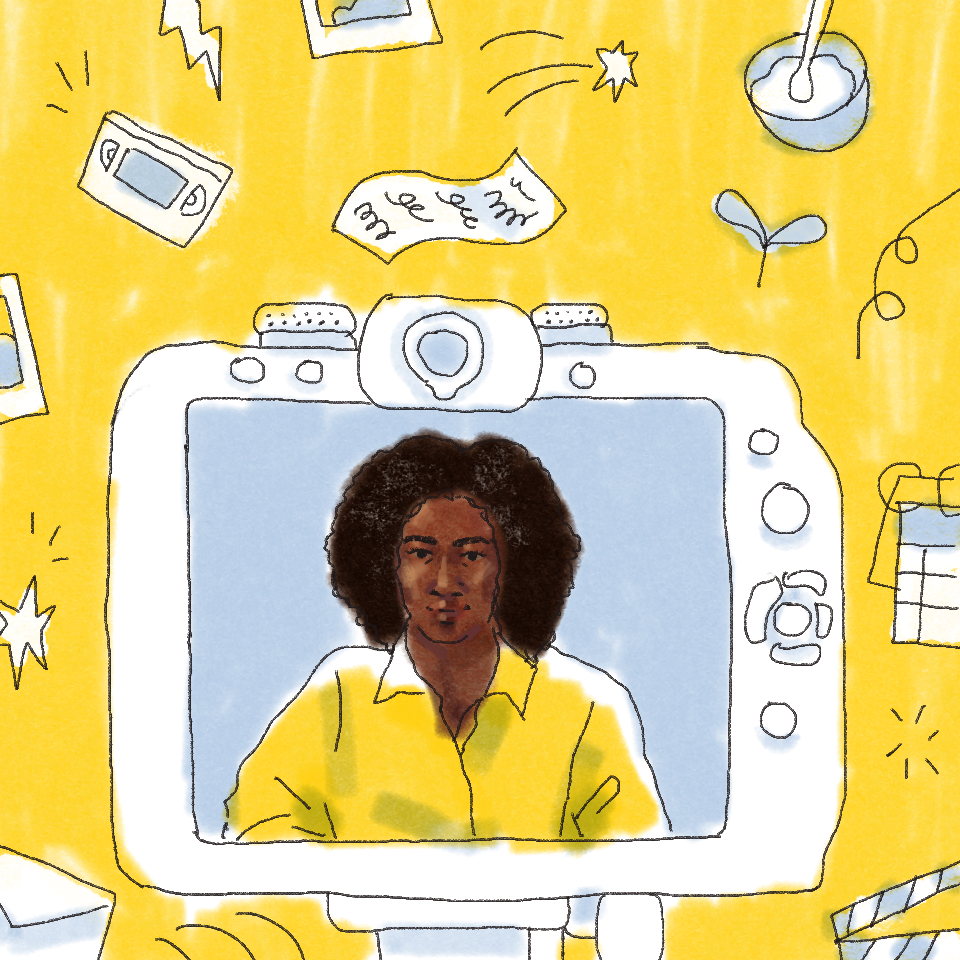
.jpg/_jcr_content/renditions/1200x628%20(5).webp)

